Hisense U8Q is a television that makes it hard not to feel that the manufacturer approached the topic with the ambition of a top student. The picture is strong, vibrant, and contrasted – as if it’s shouting: “look, I can do more than most at this price!” And indeed, there is something to this. The secret lies in the large number of dimming zones in Mini-LED technology. Thanks to them, HDR doesn't just end with promises from the brochure, but can truly impress – especially during evening screenings. It's also hard to complain about motion smoothness. Watching matches and fast-paced games is enjoyable, and while the ball may leave a slight trail at times, it will be a negligible detail for 99% of viewers in everyday watching. Gamers also have reasons to be pleased here – although it should be mentioned right away that there is no HGiG feature. Other than that, it’s really good: low input lag, three HDMI 2.1 ports, and a full set of gaming features make the U8Q stand out as one of the more interesting Mini-LEDs for console fans. Of course, there are no perfect products. The television still carries some "miniLED" quirks, and the Vidaa system – although packed with features – can be less intuitive and has a more modest selection of apps compared to competing platforms. But are these serious flaws or rather minor drawbacks in the context of price and what we actually get? We leave that question for you to answer!
- Matching (Score)
- Our verdict
- TV appearance
- Where to buy
- Contrast and black detail
- HDR effect quality
- Factory color reproduction
- Color reproduction after calibration
- Smoothness of tonal transitions
- Image scaling and smoothness of tonal transitions
- Blur and motion smoothness
- Console compatibility and gaming features
- Input lag
- Compatibility with PC
- Viewing angles
- TV efficiency during daytime
- Details about the matrix
- TV features
- Apps
- Playing files from USB
- Sound
Hisense U8Q vs TCL C9K
Direct compare
U8Q
C9K
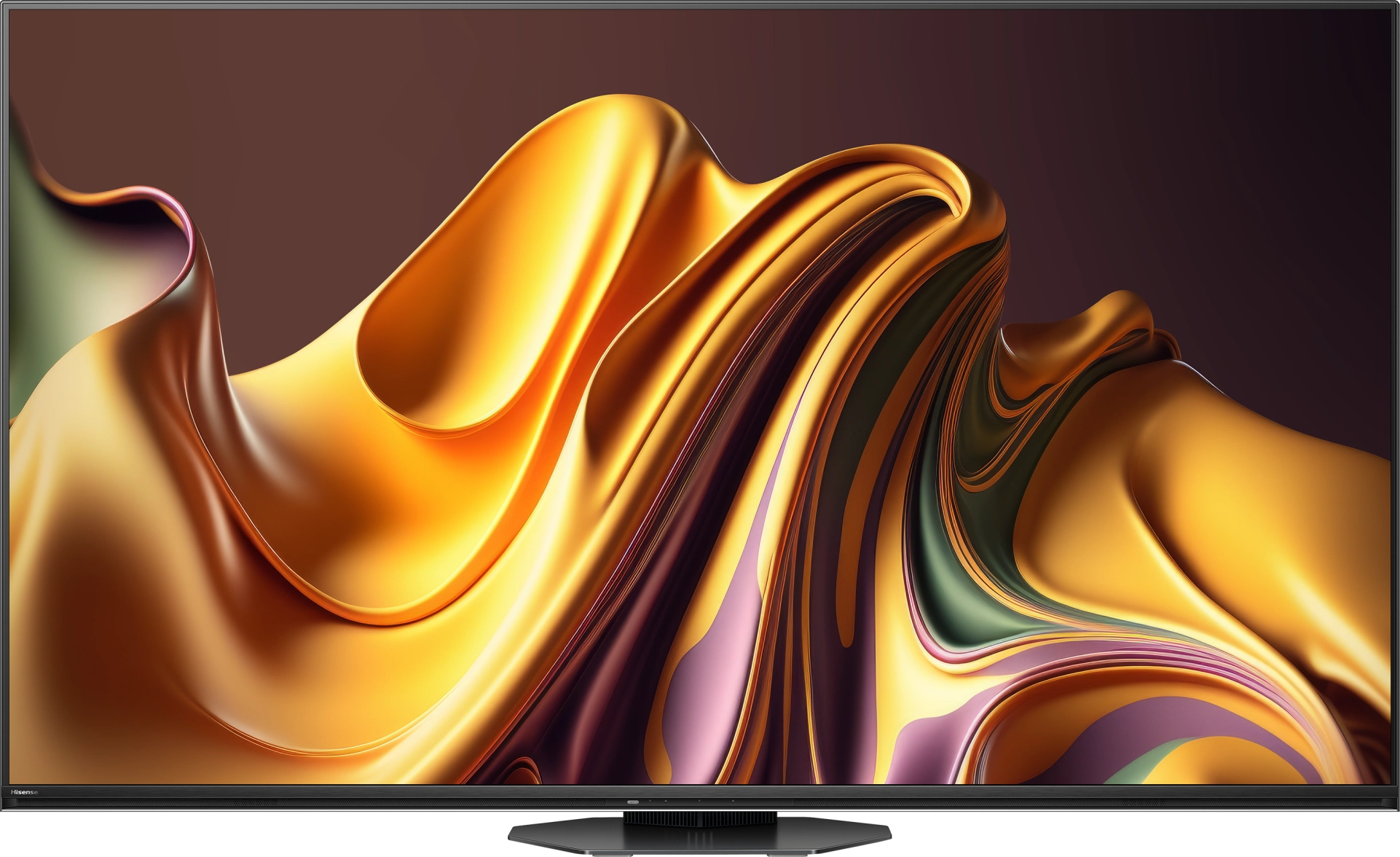
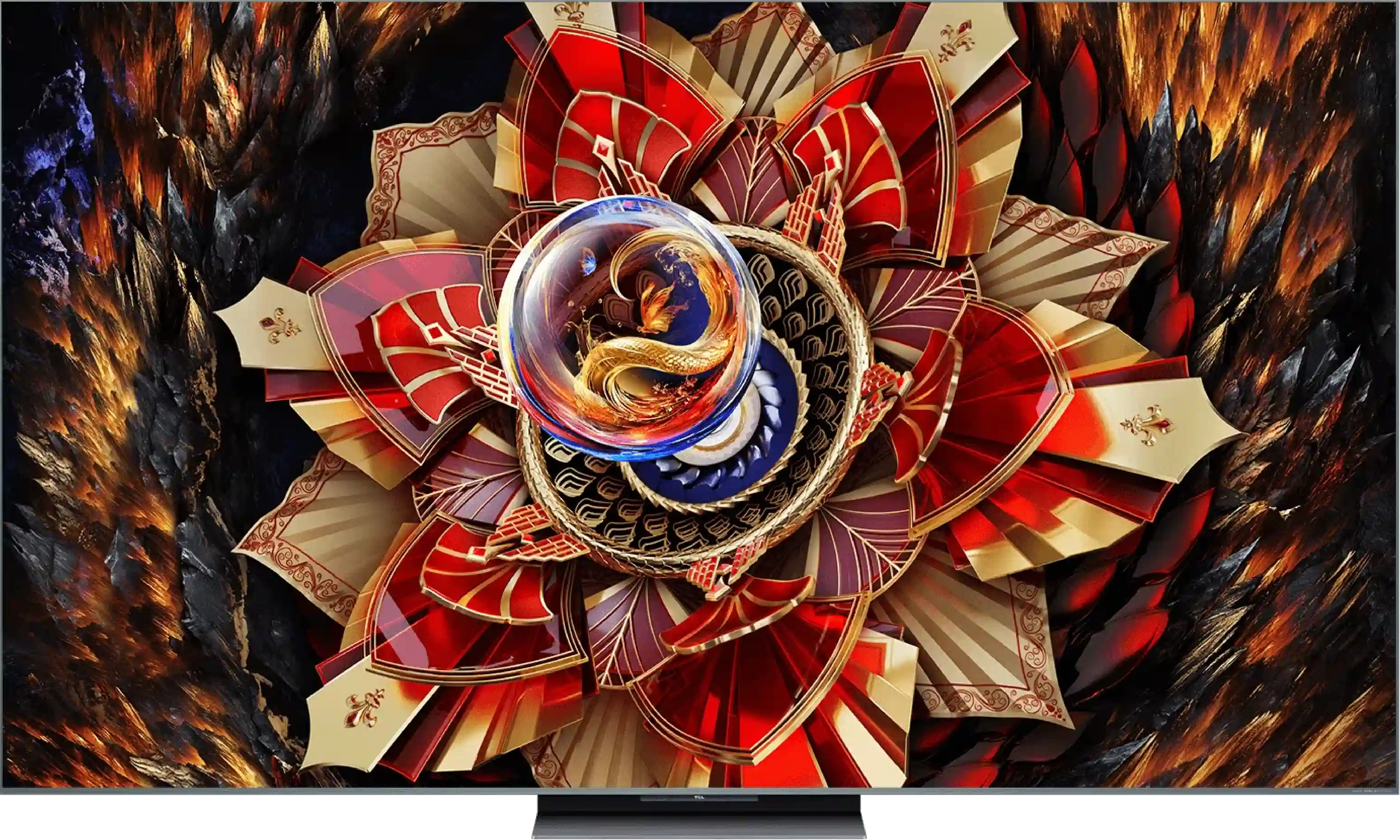
Panel type: LCD VA
Resolution: 3840x2160
System: VIDAA
Model year: 2025
Complete the survey to find out the result

Panel type: LCD VA
Resolution: 3840x2160
System: Google TV
Model year: 2025
Complete the survey to find out the result

Overall rating
8.0
7.7
Movies and series in UHD quality
7.8
7.4
Classic TV, YouTube
7.6
7.0
Sports broadcasts (TV and apps)
7.2
6.8
Gaming on console
8.6
8.9
TV as a computer monitor
8.4
8.6
Watching in bright light
8.2
7.0
Utility functions
9.4
7.7
Apps
7.7
9.6
Sound quality
7.8
7.9
Complete the survey to find out what fits your preferences
Advantages
Great blacks and contrast
Incredibly high brightness
Full package of HDR formats: HDR10, HDR10+, Dolby Vision
Good motion smoothness - 165Hz panel
Exceptional usability in difficult lighting conditions (High brightness + New anti-reflective coating on the panel)
Many features for gamers, VRR, ALLM, HDMI 2.1, 288Hz for PC
All 3 ports in HDMI 2.1 standard (Finally!)
USB-C with video signal output capability (Displayport)
Many features in the Vidaa system
Support for DTS and Dolby Atmos
Very good contrast and black levels
Very high brightness
Support for all HDR formats including Dolby Vision
Fast 144Hz panel - for gaming and sports enthusiasts
Many features for gamers: VRR, ALLM, low input lag, etc.
GoogleTV operating system with a wide range of applications
Great sound branded Bang & Olufsen
Improved viewing angles thanks to WHVA panel
Disadvantages
Missing some apps on the Vidaa operating system
At maximum volume, the television slightly shakes
The television tends to "burn out" the image in 4K HDR content.
Local dimming needs improvement
Only 2 HDMI 2.1 ports
No recording function from built-in tuners and no PiP
No smaller variants like 55"
Our verdict
The TCL C9K is a television that on paper looks like a showcase of the manufacturer's prowess – thousands of Mini-LED zones, a WHVA panel, audio system by Bang & Olufsen, full HDR format support, gaming at 144 Hz, and even 288 Hz at lower resolutions. It’s clear that TCL wanted to pack in absolutely everything they had that was best. And indeed – in many respects, the C9K can impress. The brightness is immense, HDR can be stunning in larger scenes, motion fluidity and gamer capabilities are at a top level, and the sound – for a TV speaker – sounds really good. It’s equipment that can easily be regarded as the hub of home entertainment. But there's also another side to the coin. Brightness management simply falters despite the incredible technical specification – smaller details often get lost in shadows or are burned out. And although synthetic tests of contrast and brightness appear outstanding, in day-to-day watching of films and series the effect isn't as impressive.
To summarise briefly: the C9K is a television full of contrasts – literally and metaphorically. It can deliver experiences close to the top screens, but it’s still clear that TCL needs to work on software and optimisation. If someone is looking for a screen for gaming, sports or spectacular blockbusters – they will be thrilled. However, if they are counting on perfect reproduction of the director's vision and think they have managed to buy an absolutely top model at half the price of the competition, they will unfortunately be disappointed. It’s a pity, because the technological potential here is really immense – just a bit of common sense in its application was lacking.
TV appearance
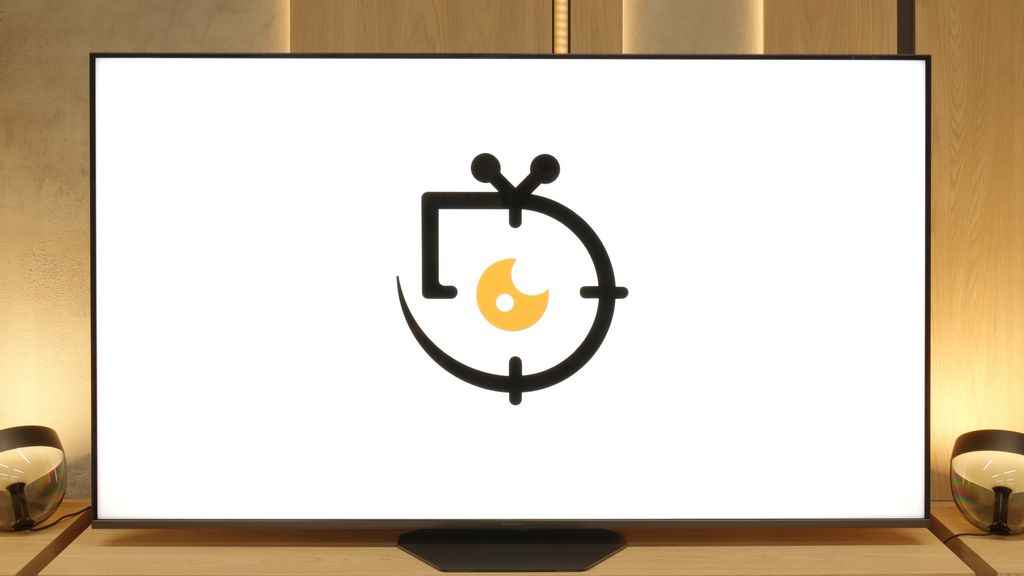
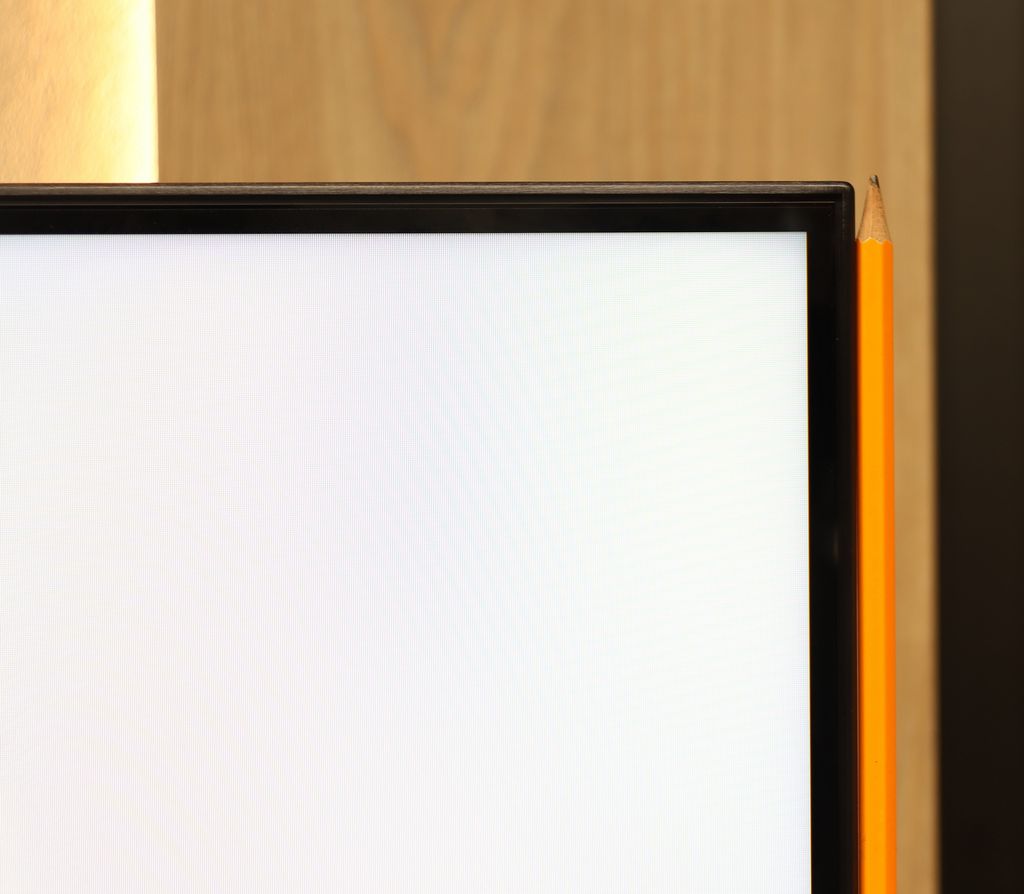
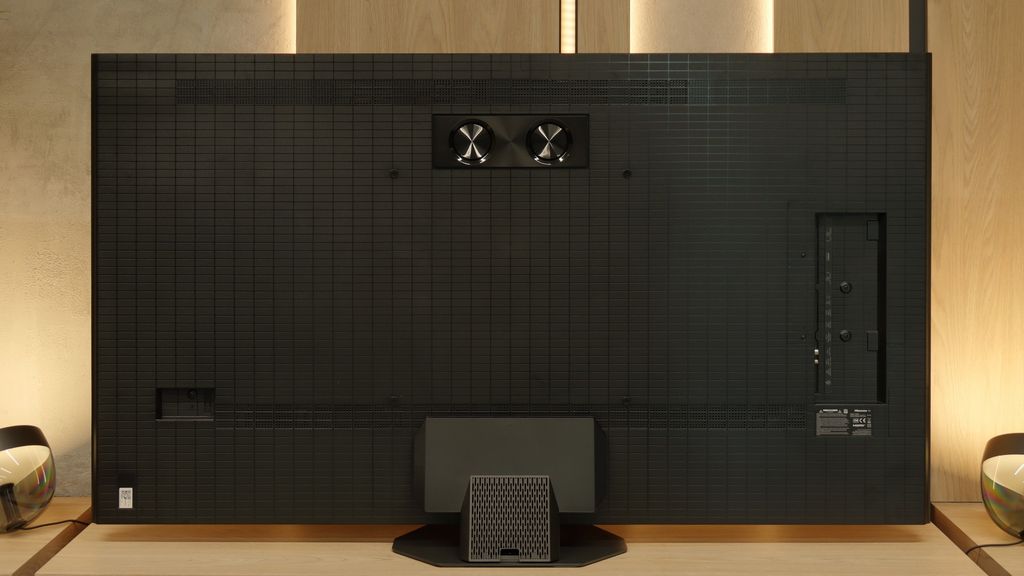
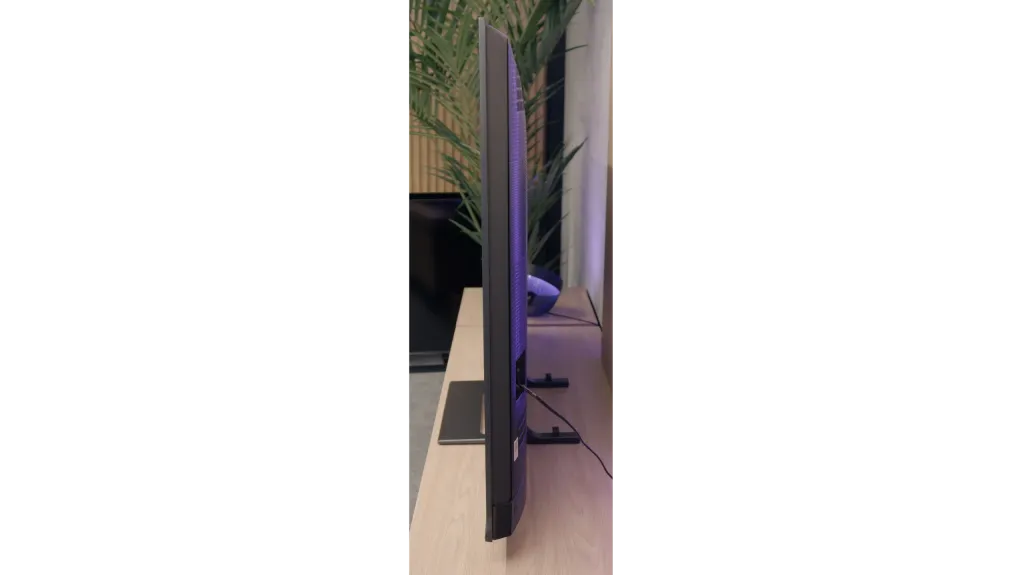
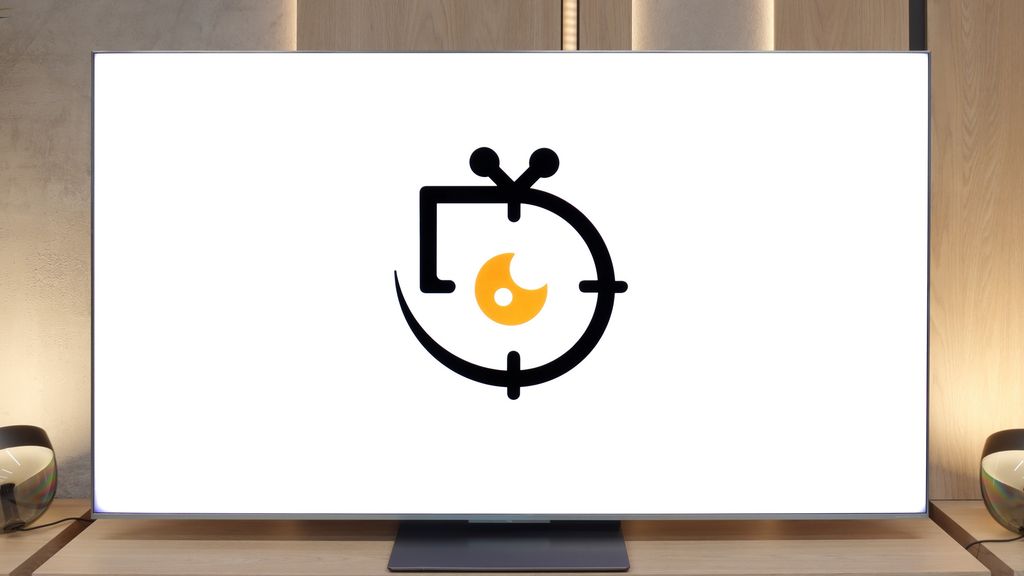
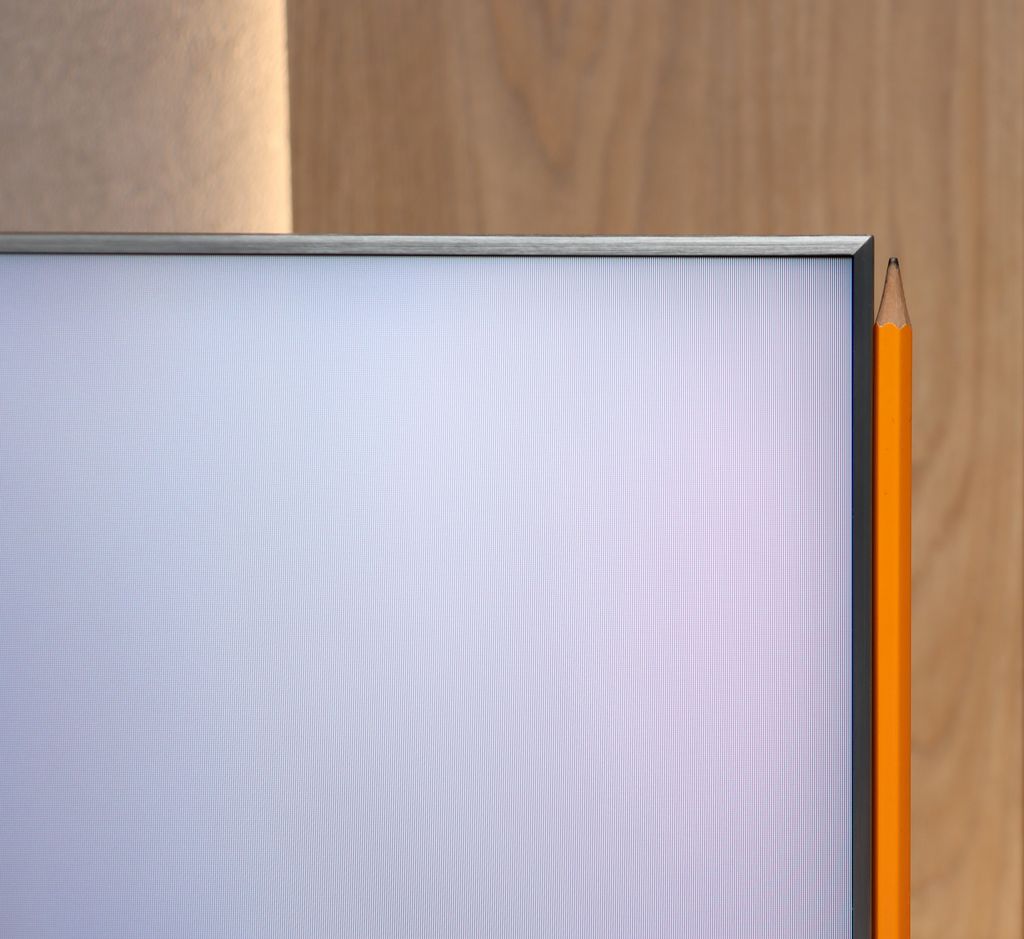
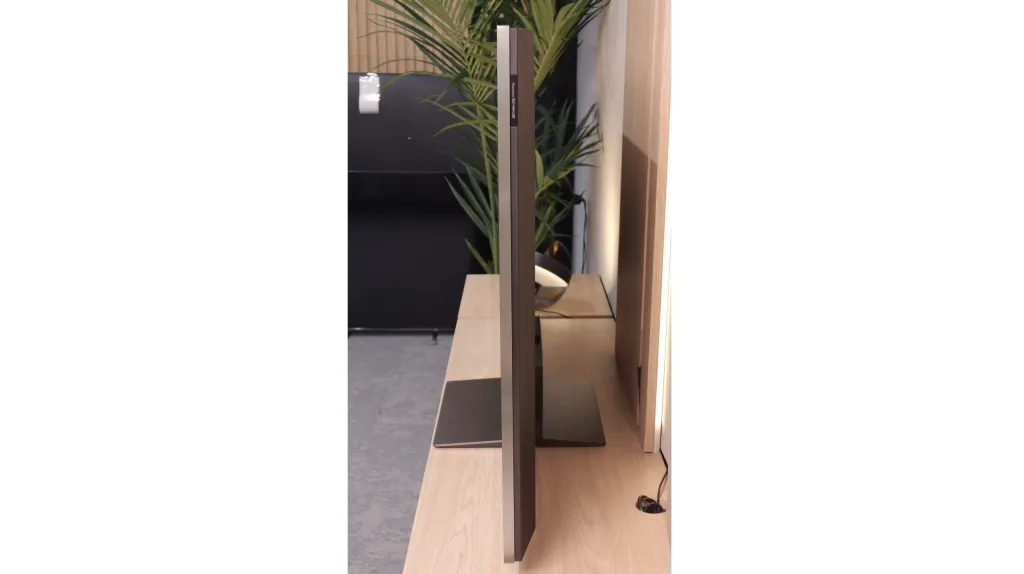
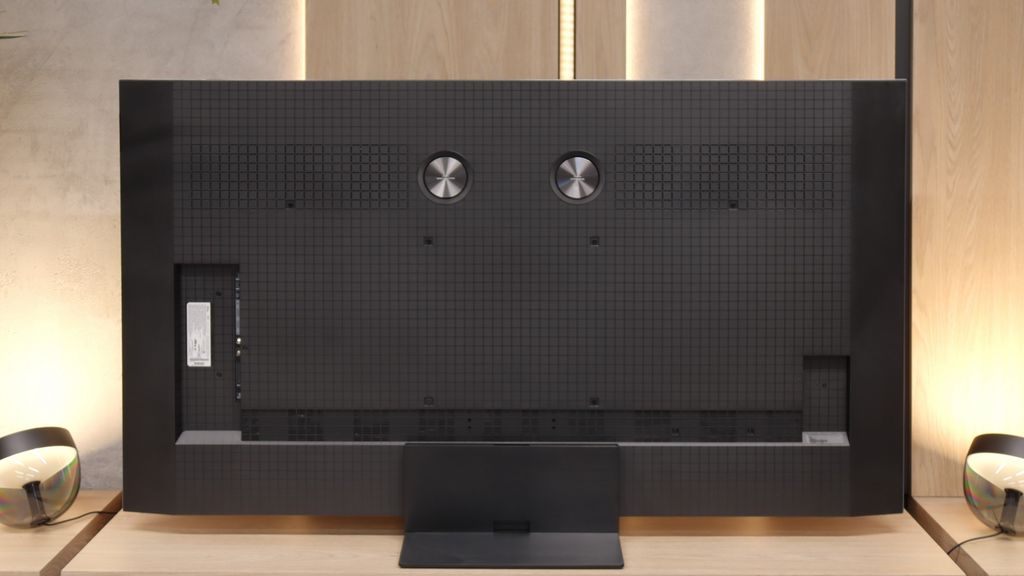
Contrast and black detail
8.6/10
8.1/10
Local dimming function: Yes, number of zones: 2048 (32 x 64)
Local dimming function: Yes, number of zones: 3024 (42 x 72)
Contrast:

Result
1,024,000:1

Result
140,000:1

Result
35,000:1

Result
22,350:1

Result
22,300:1

Result
459,000:1

Result
72,750:1

Result
30,350:1

Result
9,800:1

Result
12,200:1
Halo effect and black detail visibility:
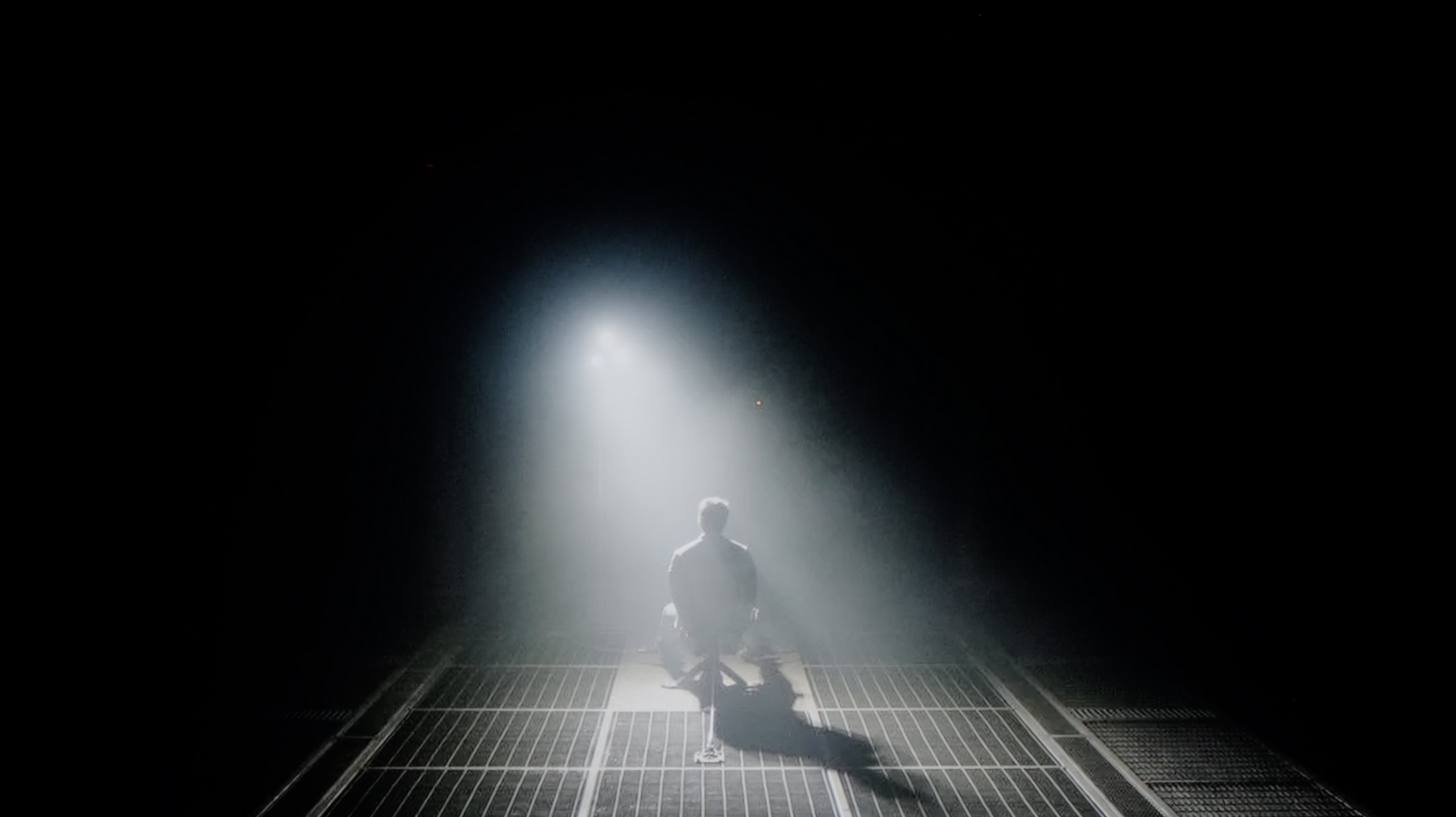
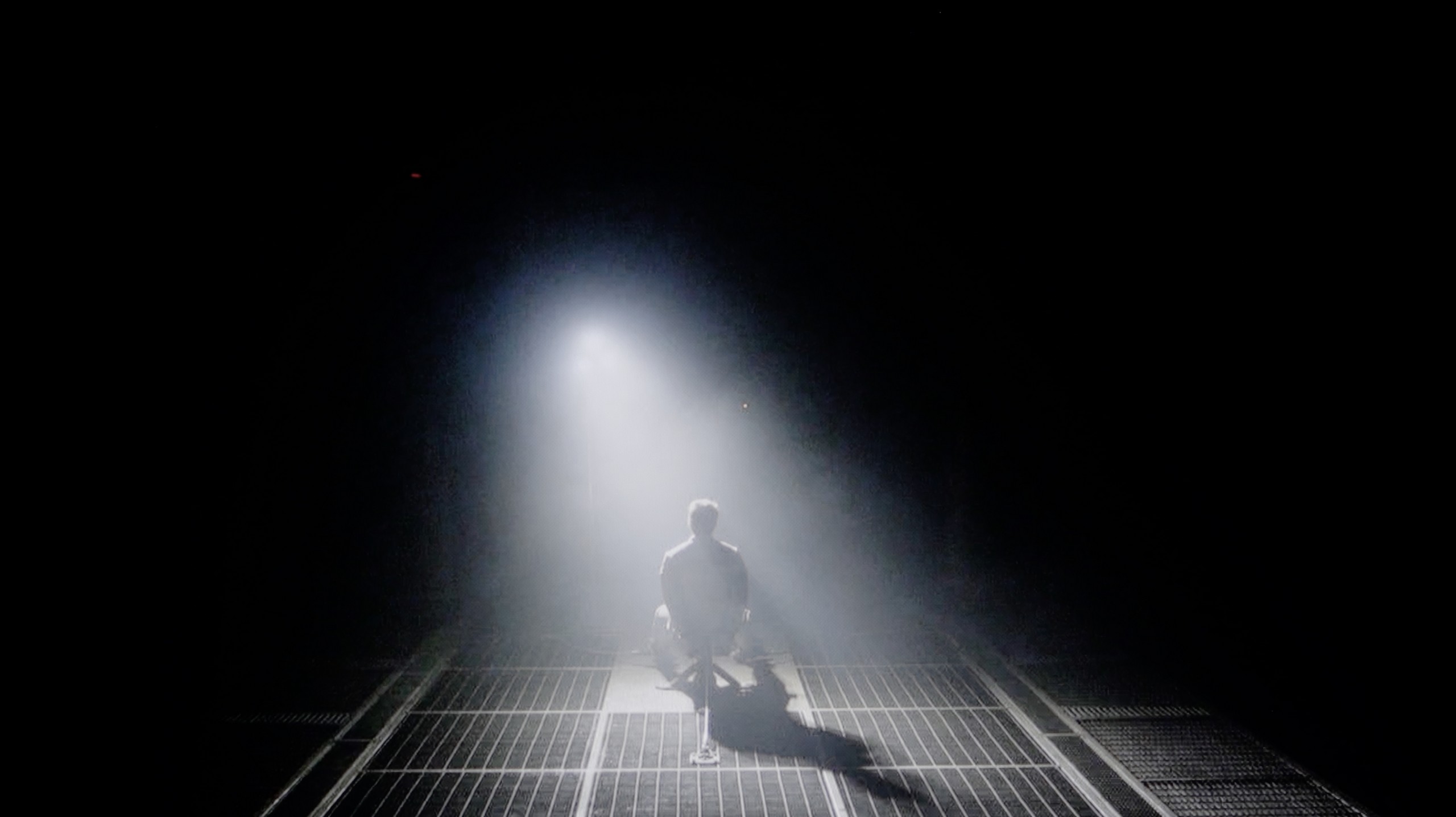
The unit we tested, the Hisense U8Q in 65 inches, is equipped with a VA panel that offers high native contrast on its own. However, this is not the biggest strength of this model—the key lies in the Mini LED backlighting. With the use of thousands of dimming zones and a well-tuned light management algorithm, the contrast in the U8Q can be described as excellent, especially for a TV of this technology.
The best results reach around a million to one—a result that is impressive and places the U8Q among the top Mini LED TVs. Yes, there are certain issues and even drops in contrast, but they are not as dramatic as with many other models in this class that we have tested on our portal. It's also worth noting that like every Mini LED TV, the U8Q is not completely free from typical imperfections—sometimes the picture can be dimmed too much, or there may be slight blooming effects with a halo. However, this does not change the overall impression: the contrast in the Hisense U8Q is stunning and is one of the greatest assets of this model.
What immediately sets the C9K apart from the C8K model is the number of local dimming zones. In the 65-inch version, we counted… over 3000! I must admit – it’s a true show of force from TCL, who crammed literally everything they had on hand into this television. On paper, it makes a huge impression and indeed – in less demanding film scenes, the blacks look fantastic. The level is absolutely top-notch, and the separation of lights from dark parts of the image can be astonishing. The problem is that this impressive specification doesn’t always translate into practice. In our tests, we noticed situations where the C9K, despite having a greater number of zones, got caught in contrast traps and performed… worse than the C8K. For instance, it struggles to perfectly dim the true black bars in 21:9 films (those with black bars at the top and bottom). Sounds strange? Unfortunately, this is the result of a lack of optimisation – the hardware is “packed” with technology, but the algorithms don’t always keep pace with exploiting this potential.
Don’t get us wrong – black is a strong point of the C9K and in many scenes, it simply looks fantastic. In synthetic measurements, the contrast performs exceptionally well, coming close to the level of the best televisions on the market. But in real cinematic use, these numbers don’t always correlate with a better experience than that of its cheaper cousin. And that’s perhaps the biggest disappointment – because the potential was enormous.
HDR effect quality
7.6/10
6.9/10
Luminance measurements in HDR:

Result
2195 nit

Result
725 nit

Result
1652 nit

Result
485 nit

Result
1541 nit

Result
1425 nit

Result
531 nit

Result
1277 nit

Result
331 nit

Result
1424 nit
Scene from the movie “Pan” (about 2800 nits)


Scene from the movie “Billy Lynn” (about 1100 nits)


Static HDR10


Dynamic: Dolby Vision
Dynamic: Dolby Vision


HDR luminance chart:
TCL C9K
Luminancja HDR
Luminance of RGB colors
Hisense U8Q
Luminancja HDR
Luminance of RGB colors
When it comes to HDR, the Hisense U8Q shows its claws. On paper, meaning in synthetic measurement tests, the TV can "push out" nearly 4000 nits of peak brightness. This is a value that most models can only envy. In practice, this translates to very strong light effects in movies – in some scenes we managed to measure real levels from 1500 to 2000 nits, which is a level usually reserved for the absolute top-tier TVs on the market.
Of course, it's not always so perfect. In small, point-like elements, brightness can drop – a good example is scene number 4 from the movie Sicario 2, where instead of thousands of nits we get about 500. But it's worth noting that the effect doesn't disappear completely – the light is still visible, and the image doesn't appear artificially dimmed. This is a typical issue with Mini LEDs, so it’s hard to consider it a major drawback.
However, a huge plus has to be granted for colour reproduction. Thanks to additional coatings improving colour saturation, the U8Q almost covers the entire DCI-P3 colour space (98%), and for the wider BT.2020 gamut it achieved over 80%. This is an excellent result that makes HDR films look juicy, intense, and just very cinematic.
As we mentioned regarding black levels and contrast – the C9K can make a huge impression in synthetic tests. Our measurements showed that on a screen 10% filled with white, the television can achieve... 4000 nits of brightness! It sounds out of this world, but – and here's where the pattern unfortunately repeats – the numbers say one thing, and the practical experience says another. In real movie scenes, the situation looks different. In the best-case scenario, when light effects occupy a large part of the image and the local dimming algorithm doesn't have to ponder too much about what to do with thousands of zones, the effect is really quite good. At that point, the C9K can hit around 1500 nits, which delivers a pleasant, intense burst and can indeed leave a positive impression.
The problem arises with smaller elements – such as stars in the sky, the moon, or individual reflections. That's when the proverbial cat comes out of the bag: the algorithms are not yet refined, and brightness drops to as low as 400–500 nits. That's a huge difference from the potential 4000 nits we saw in lab tests. Why does this happen? Most likely, the television is trying to protect the black levels in this way and minimize the halo effect around bright objects. Unfortunately, this comes at the expense of detail – some details simply vanish, and the scene loses its nature.
Factory color reproduction
7/10
4.5/10


Factory Mode
After calibration


Factory Mode
After calibration
We have to admit that when the U8Q arrived in our editorial office, we were slightly surprised… and in a good way. Usually, white balance in televisions immediately requires adjustment – it can be too warm or too cold, which immediately causes strange colour errors. Meanwhile, here the situation looks really good straight out of the box. Of course, we’re talking about our unit, so there’s no guarantee that every model will be tuned as well, but in our case, the first impressions were very positive. The only more noticeable issue was related to how the television manages brightness. Looking at the EOTF chart, it’s clear that the U8Q tends to brighten small elements on the screen. This, in turn, caused what we mentioned earlier – slight overexposure and the impression that the whole scene is a bit too bright. However, this is not a flaw that negates the picture, rather an effect characteristic of this model.
For colour tests, we once again reached for the Filmmaker mode – a new feature in TCL televisions for 2025. While the direction is a step in the right way, the execution leaves a lot to be desired. The white balance in SDR content turned out to be too warm – there was an excess of red. On the other hand, in HDR, it swung in the opposite direction: the image became excessively blue. The Colour Checker test revealed quite a few colour inaccuracies that were noticeable to the naked eye. An even bigger problem turned out to be what we mentioned above – brightness management. Regardless of whether we were watching SDR or HDR content, the image tended to wash out the entire scene, giving it an unnatural, almost grotesque character. Therefore, it’s hard to call this a "director's mode" – because no director has ever seen such an image.
Color reproduction after calibration
8/10
7/10




Of course, we wouldn’t be ourselves if we didn’t make adjustments to the white balance. After calibration, we managed to level the SDR signal to near perfection – older films, YouTube content, and classic television looked nearly ideal on the U8Q. It’s truly an impressive level that shows this model can do a lot if given a bit of help. Unfortunately, the situation is different with HDR content. The colours themselves don’t pose much of a problem, but the biggest issue with the U8Q remains the EOTF brightness characteristics. In practice, the television tends to "shoot" above how the image should originally look. It’s this slight "blowout" we noticed earlier in comparisons with the best screens on the market. It’s a bit of a shame that this characteristic can't be completely tamed – if we could maintain equally good brightness control in HDR as we do in SDR, we would be looking at an absolutely reference-level image.
After calibration, we finally managed to tame the white balance – and it immediately translated into a more natural image. Colours finally started to look as they should, and the overall presentation was incomparably better than on the factory settings. In other words – it’s worth taking a moment to improve this, as the gain is really significant. The gamma responsible for brightness management also managed to be brought into order in SDR content, and the effect was more than satisfactory. Unfortunately, when we turned on HDR materials, the situation quickly became complicated. No matter how we set the local dimming, the television had a tendency to do what it liked with the image – either it overexposed everything or darkened the darkest parts too much. Just like we saw in the scene from the movie Billy Lynn. Colour-wise, the improvement after calibration makes a great impression, but brightness management in HDR remains the Achilles' heel of the C9K and presents a certain technological limitation.
Smoothness of tonal transitions
8.9/10
8.7/10




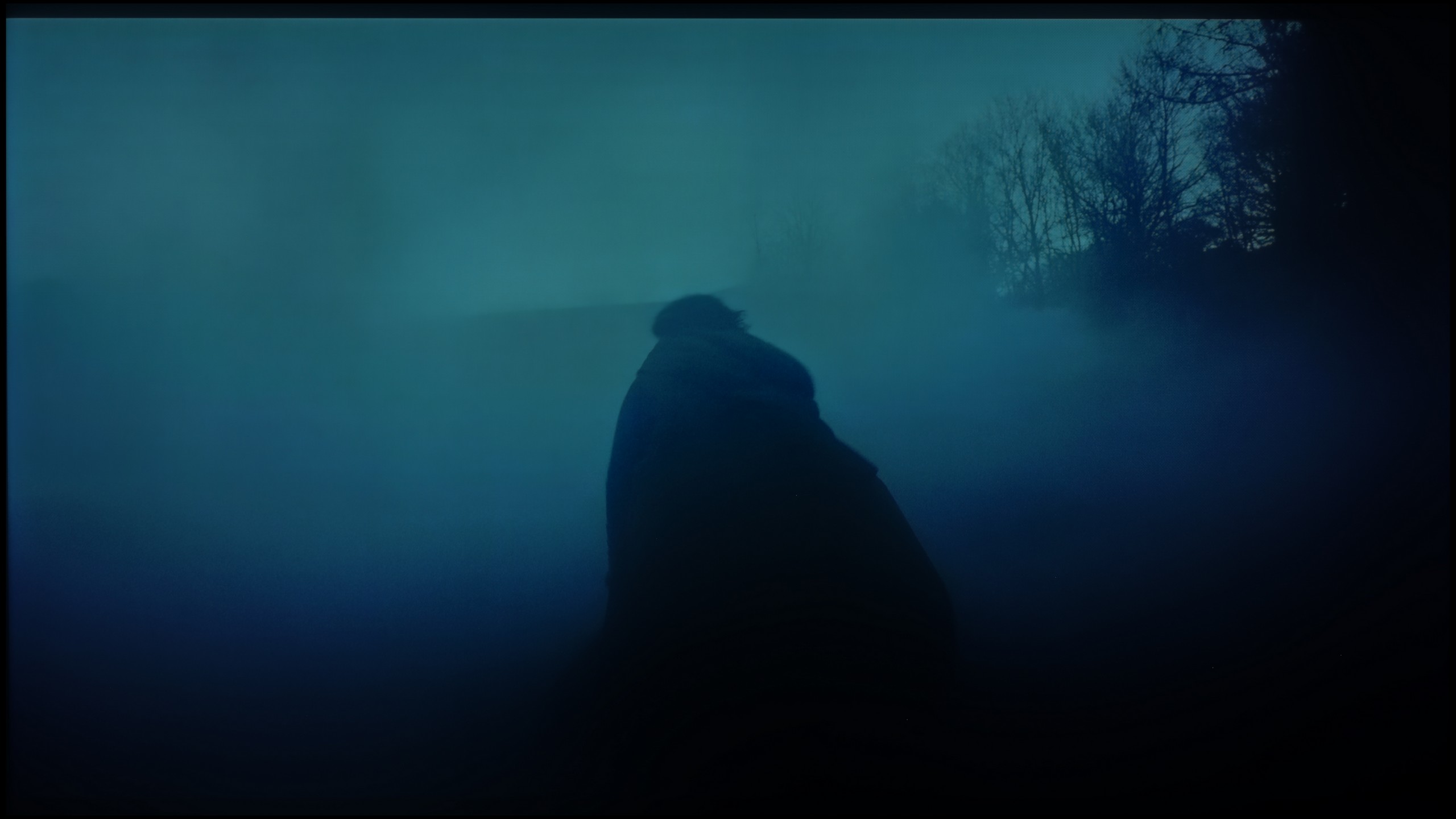

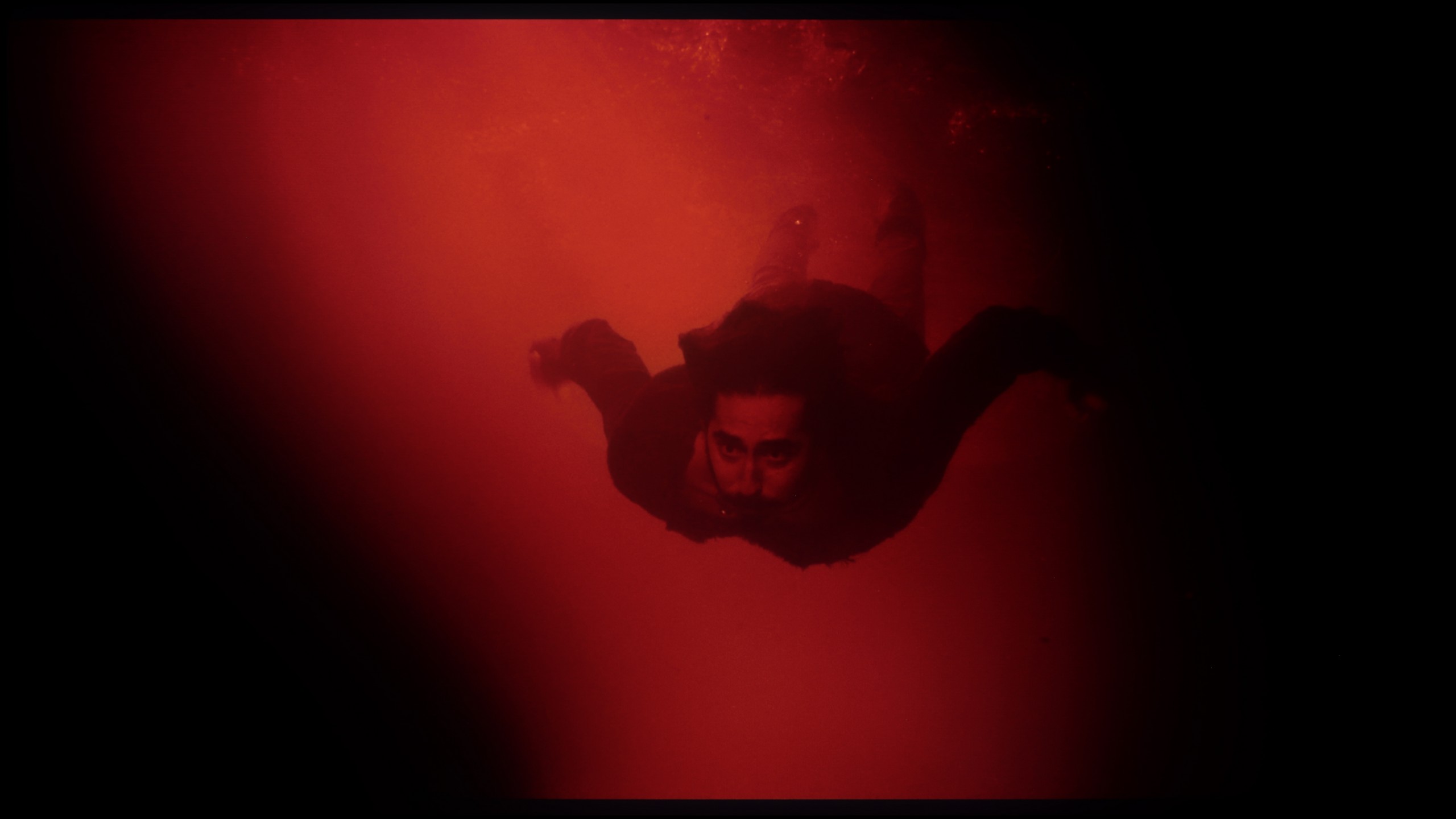
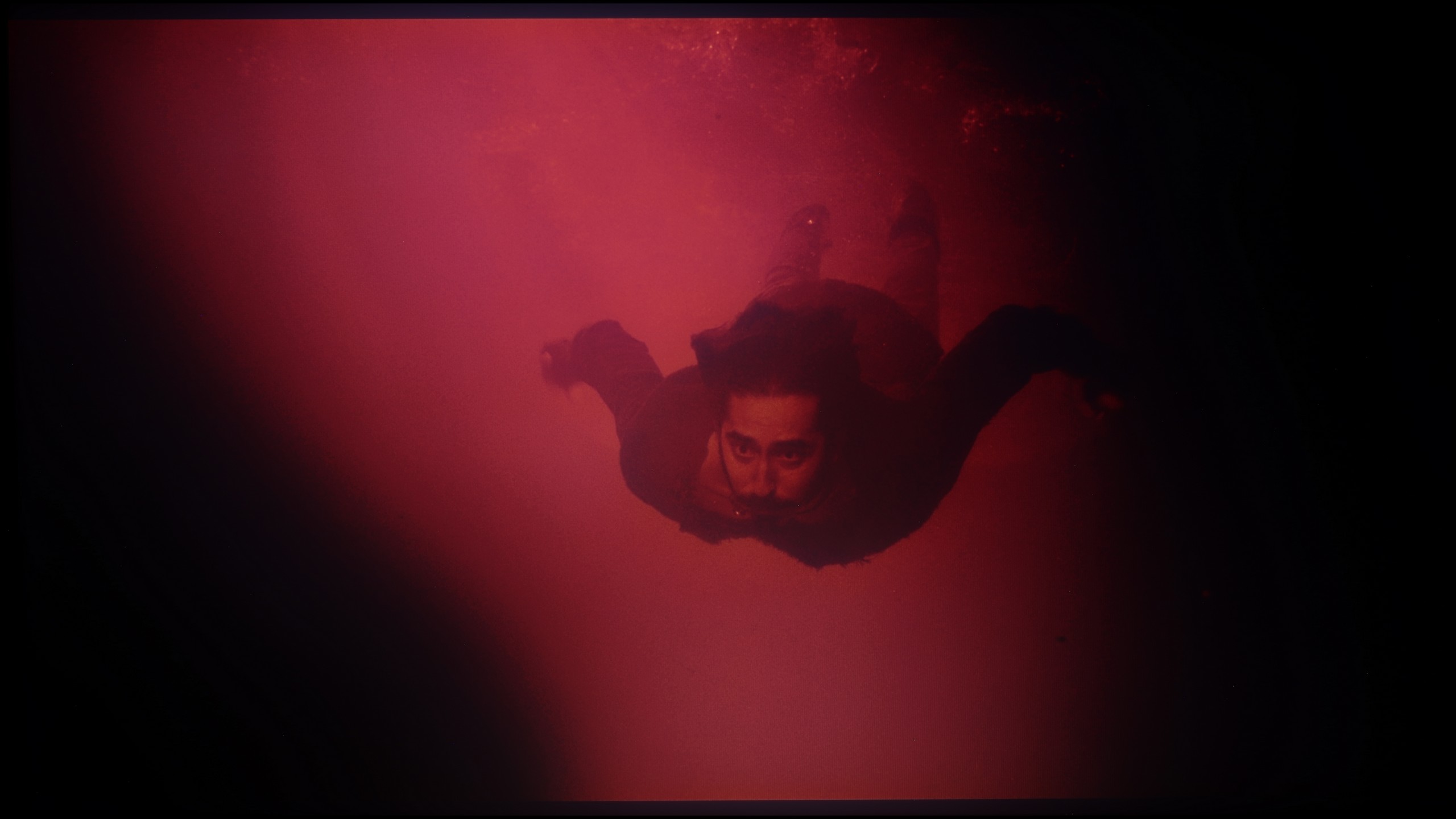




When it comes to tonal transition fluidity, the Hisense U8Q left a really great impression on us. Even in the darkest scenes, where usually other TVs show ugly banding and unpleasant transitions, here the picture remains smooth and cohesive. Nothing is separating, there's no "banding" effect – everything looks just as it should. Similarly, in brighter shots – it's also very good. Sure, if we were looking through a magnifying glass, we might find some minor flaws, but in normal viewing, it's hard to pick on anything. Overall, it performs very, very well!
In terms of tonal transition fluidity, TCL C9K performs quite well. In more challenging movie scenes, there's no typical banding of colours that can break immersion even in more expensive TVs. There may be slight issues in the brightest areas – for example, in scenes from the movie Kingstone – but these are nuances. For the vast majority of viewers, especially with 4K content, colour gradation will appear smooth and practically unnoticeable.
Image scaling and smoothness of tonal transitions
8/10
5.5/10
Smooth transition function
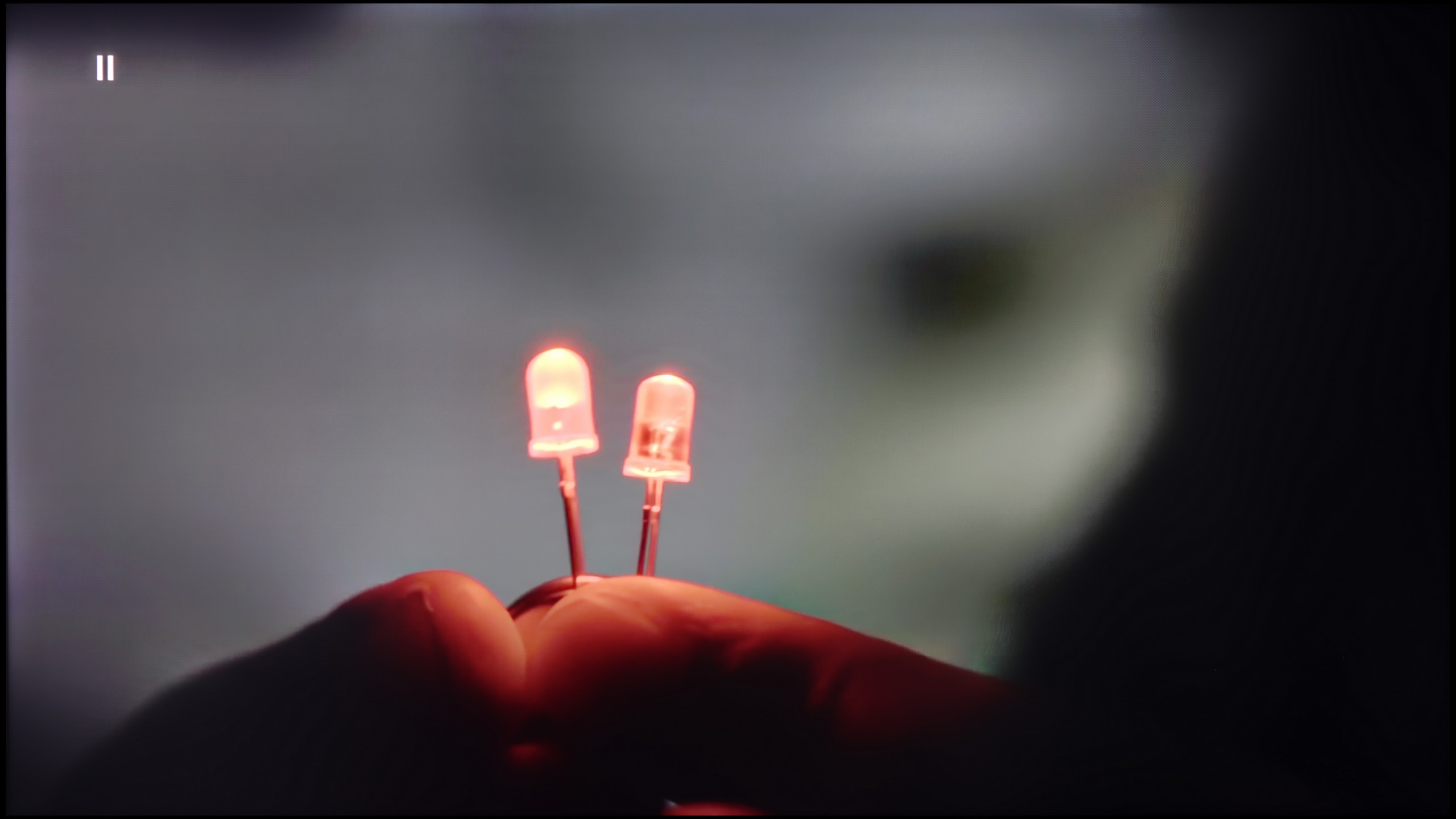
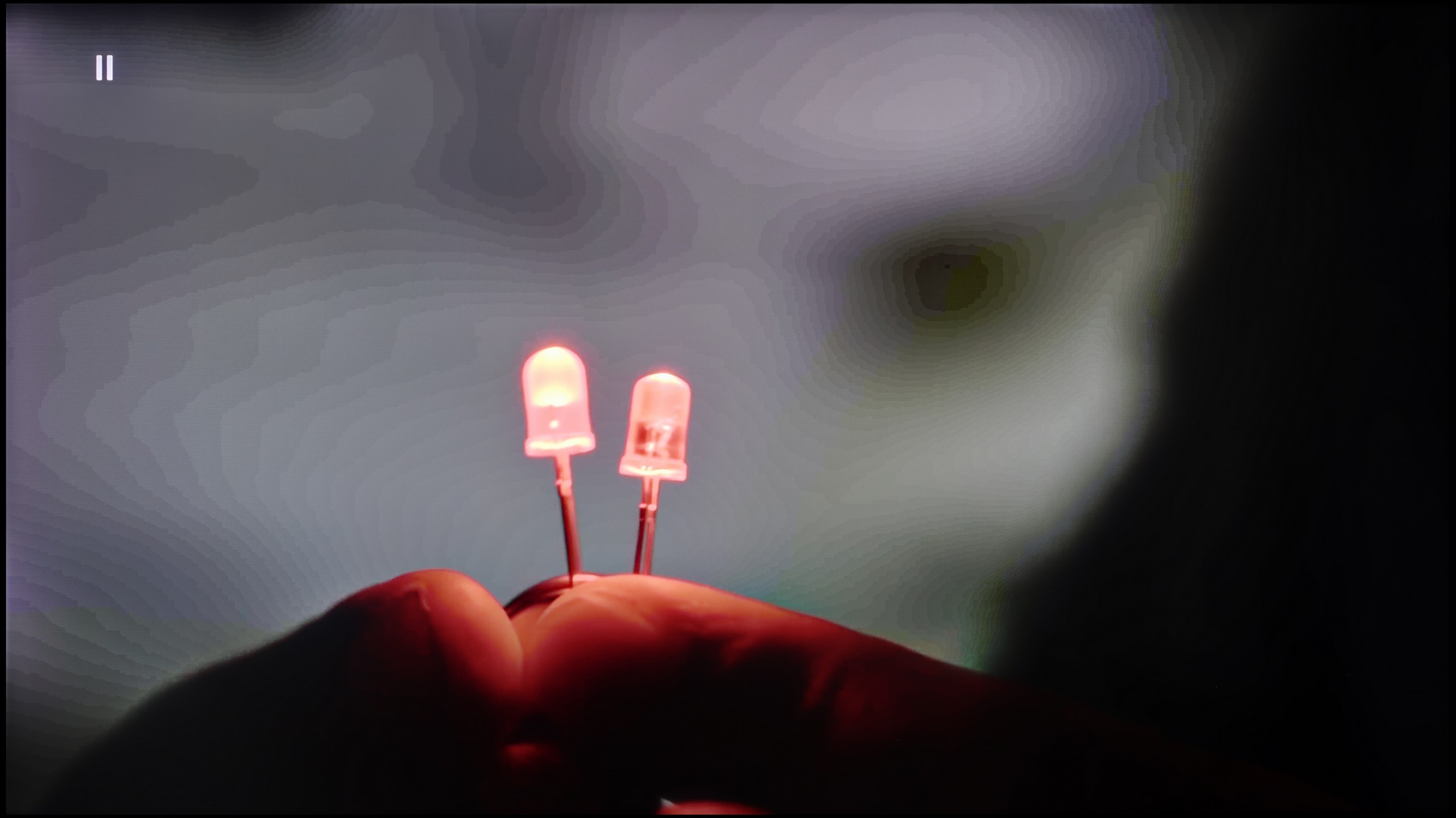
Image without overscan on the SD signal


Hisense U8Q handles lower quality materials quite well. The television can smooth tonal transitions thanks to the “Smooth and Gradient Picture” feature – it works best on the Medium setting. It nicely dims unwanted bands and irregularities in the image, but importantly, it doesn't remove the film grain or fine details.
The upscaling itself is also at a good level. Image from lower resolutions appears smooth and soft, sometimes a bit too much – we get a plastic effect that may not appeal to everyone. Fortunately, this can be easily corrected with the sharpness slider, allowing you to adjust the image to your personal preferences.
Digital image processing on the TCL C9K is rather average. The smooth tone transition feature seems to be present, but activating it practically changes nothing – colour bands are still visible, and it can unintentionally highlight elements we’d rather keep hidden, such as object textures. Fortunately, it doesn’t remove film grain, but that’s poor consolation given that the effects are still meagre. It’s therefore hard to recommend using this option.
On the other hand, image scaling presents itself much better. Lower quality materials look quite decent – characters and backgrounds are rendered clearly, although of course, with sources like 576p, the laws of physics cannot be fooled. Occasionally, there’s characteristic edge distortion of objects, but that’s the fault of the source itself, not the algorithm. A plus for not having issues with overscan – the image isn't artificially cropped or enlarged.
Blur and motion smoothness
7.8/10
7.8/10
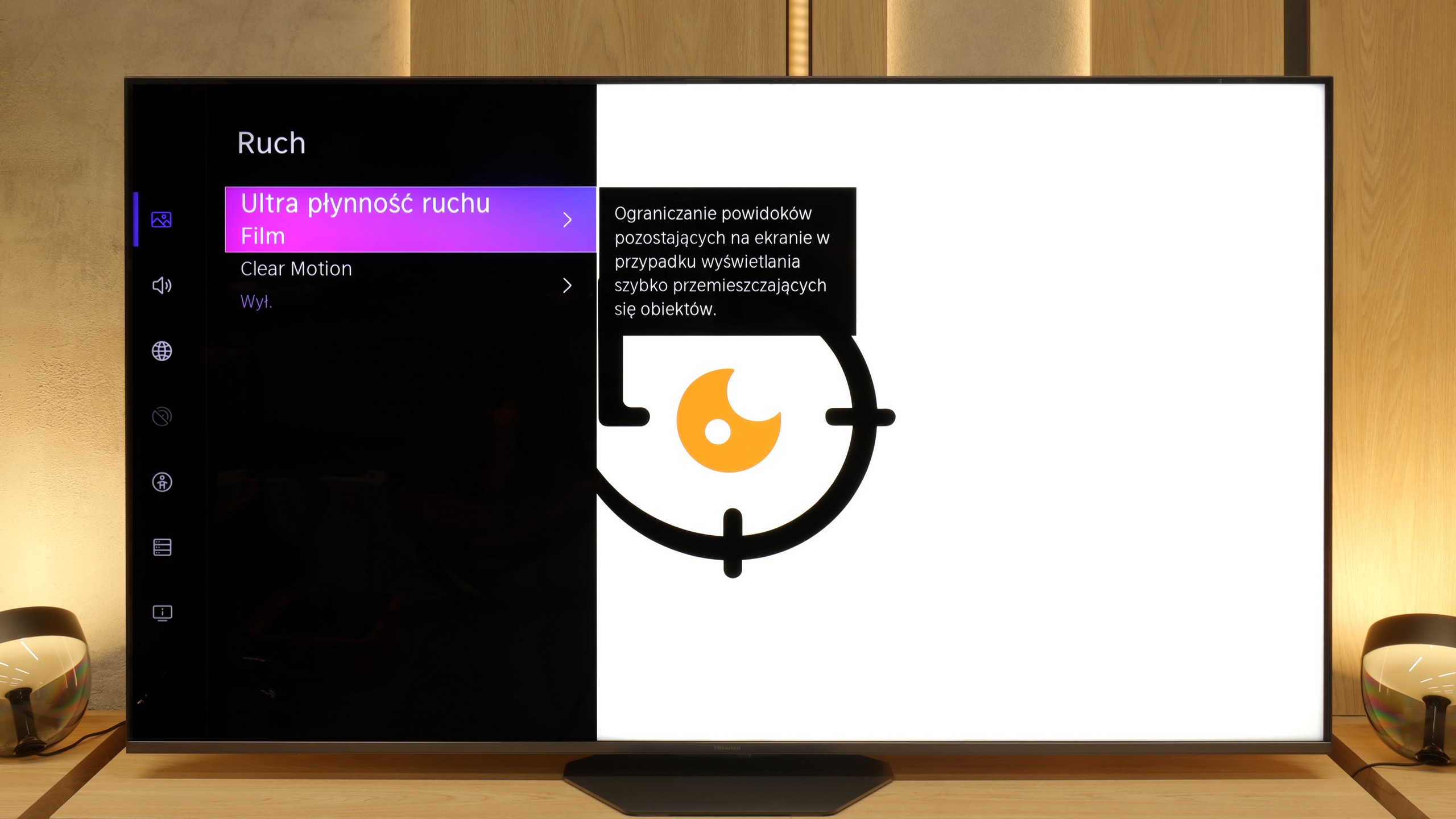
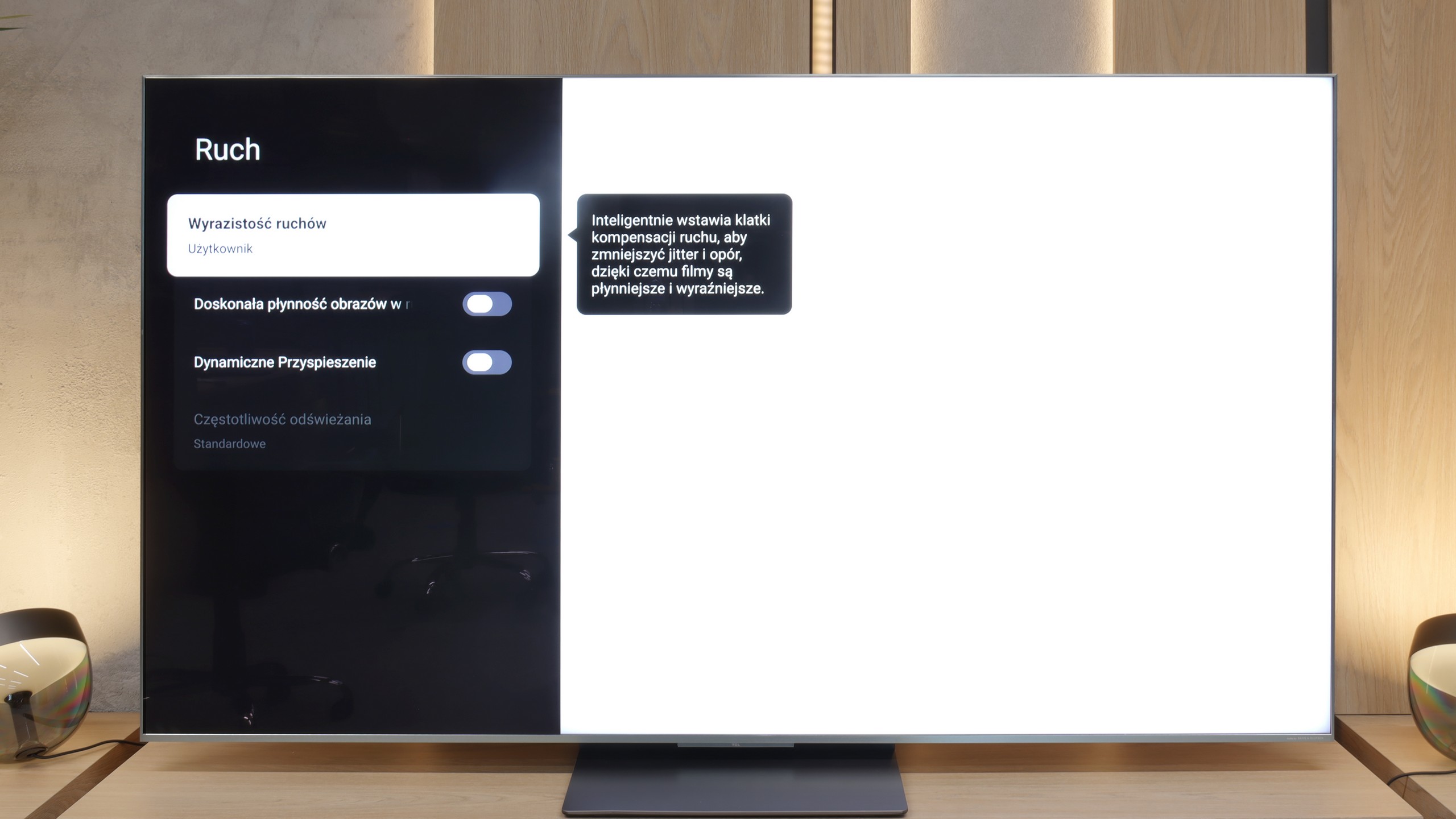
Blur (native resolution, maximum refresh rate):
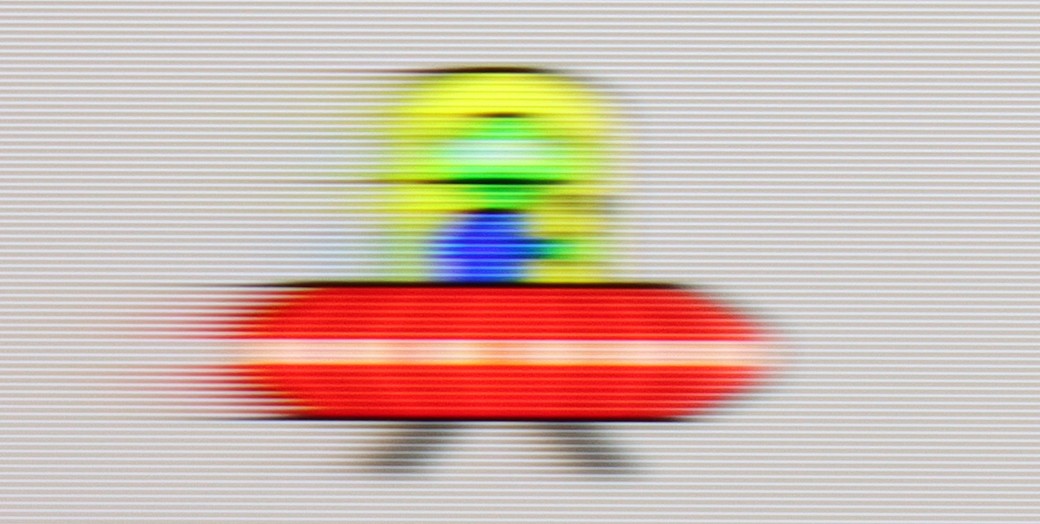
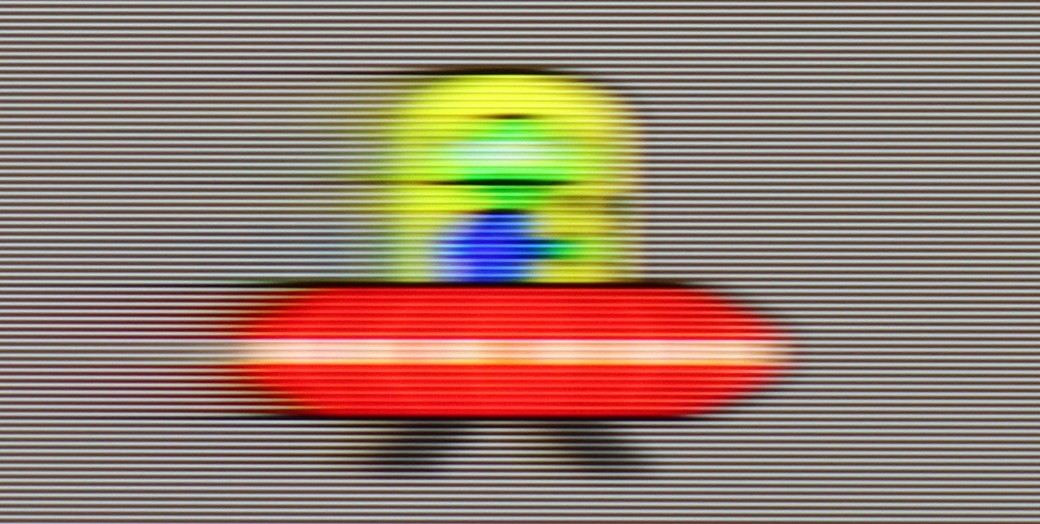
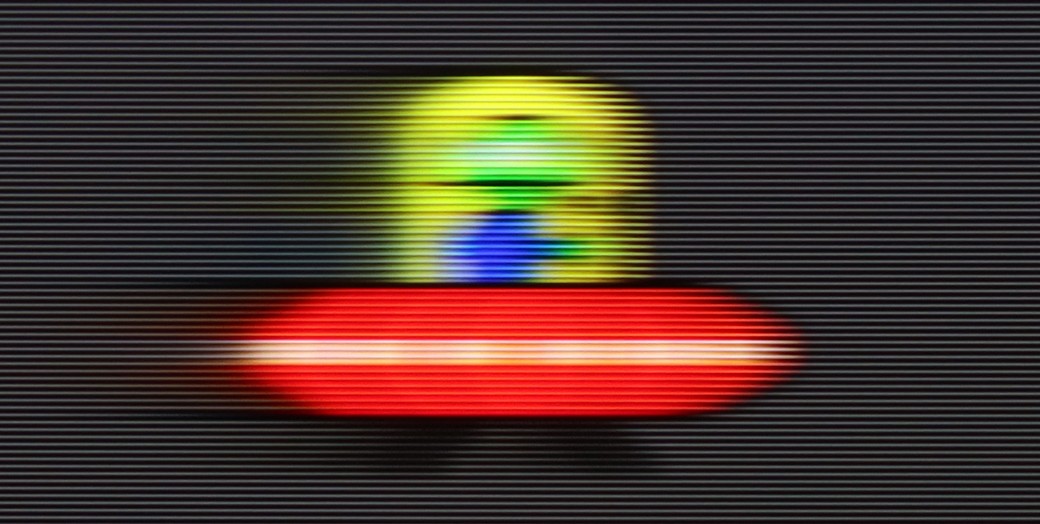
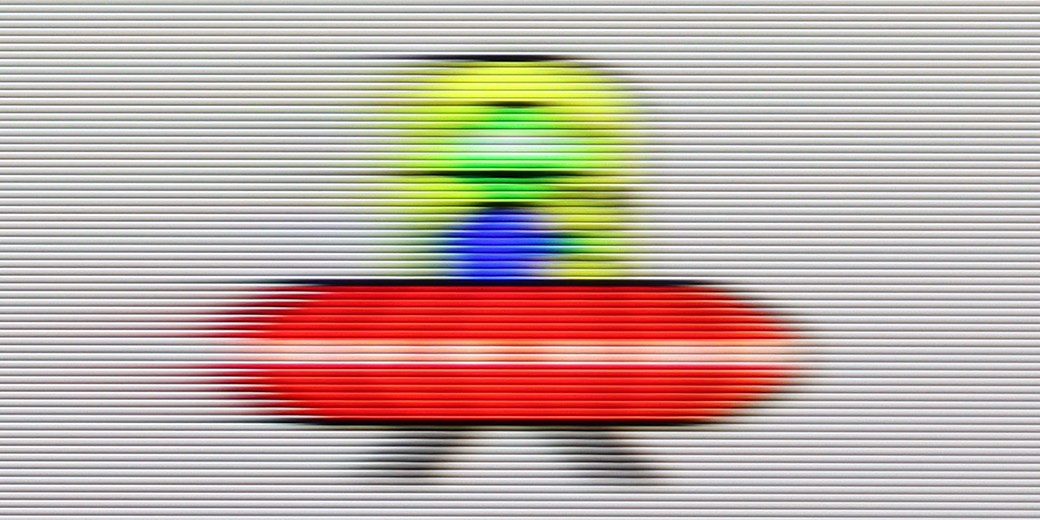
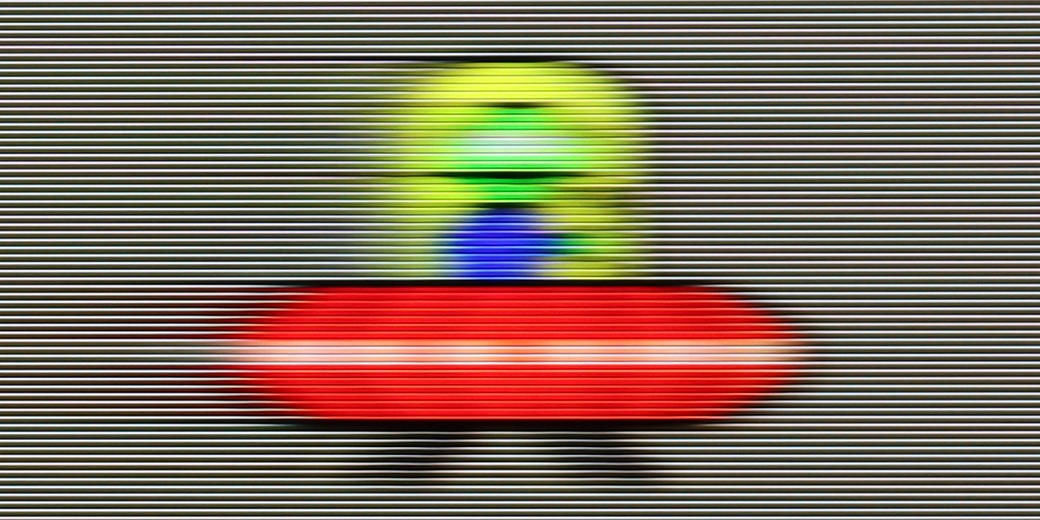
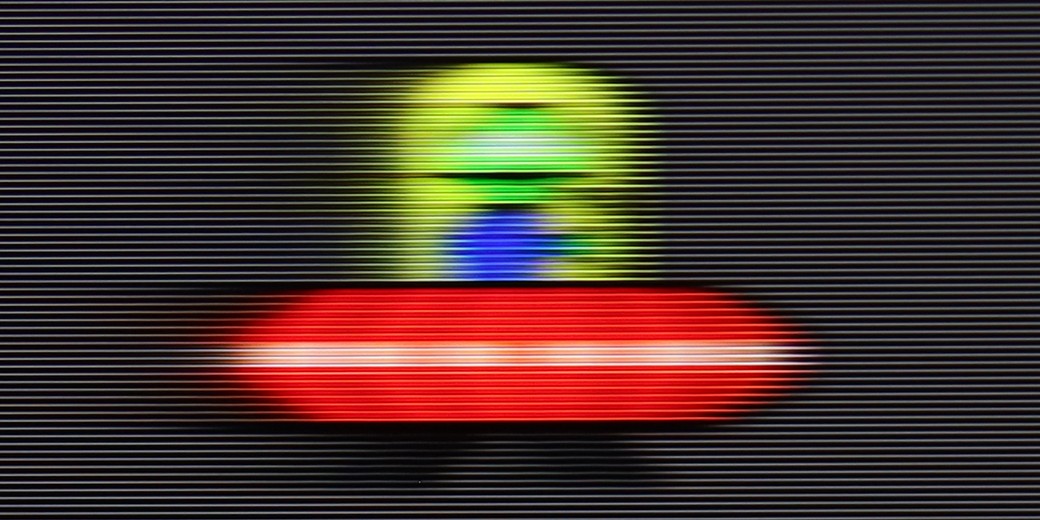
Blur (BFI function enabled):






Smużenie (1080p@288Hz):

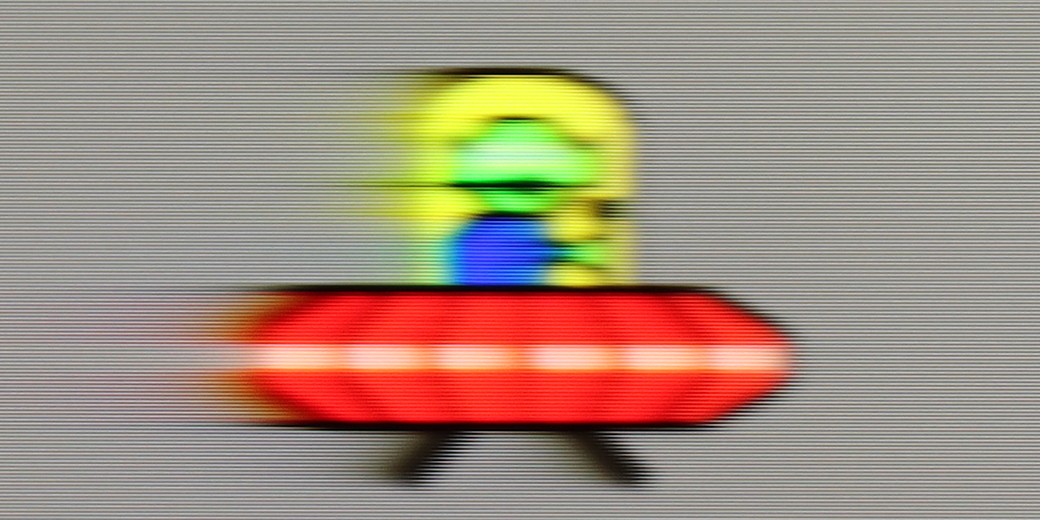

Smużenie (1080p@288Hz):


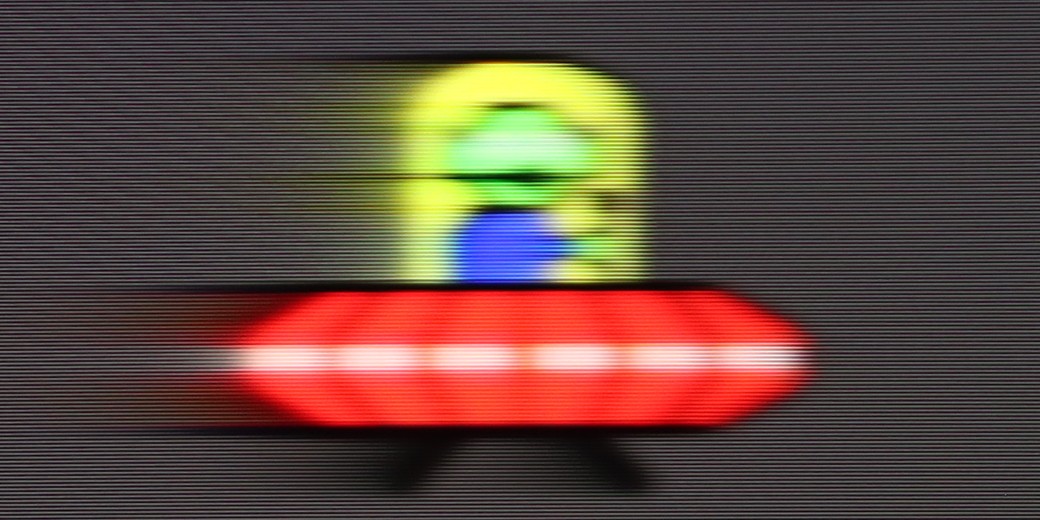
Hisense U8Q has a panel that can refresh the image up to 165 Hz in 4K resolution. In practice, this will mainly benefit PC gamers, but as they say – better to have it than not 😊. For movies and series, we have a built-in smoother called Ultra Motion Smoothing. In the settings, it can be easily adjusted to your own preferences – whether you want a more ‘cinematic’ frame rate or a smooth, theatrical spectacle.
Similar to the C8K, the C9K is also a really fast TV – both figuratively and literally. It features a 4K panel with a refresh rate of 144 Hz, and at lower resolutions, the panel can even ramp up to 288 Hz. Such speed translates into practice – while watching sports or playing games, the image looks very smooth and clear. Additionally, in movies, we get an extra motion smoother called Motion Clarity, which allows you to adjust the smoothness to your own preferences – from cinematic "judder" to almost theatrical smoothness.
Console compatibility and gaming features
8.5/10
9.8/10
- ALLM
- VRR
- VRR range48 - 288Hz48 - 288Hz
- Dolby Vision Game Mode
- Correct implementation of HGIG
- 1080p@120Hz
- 1440p@120Hz
- 4K@120Hz
- Game bar
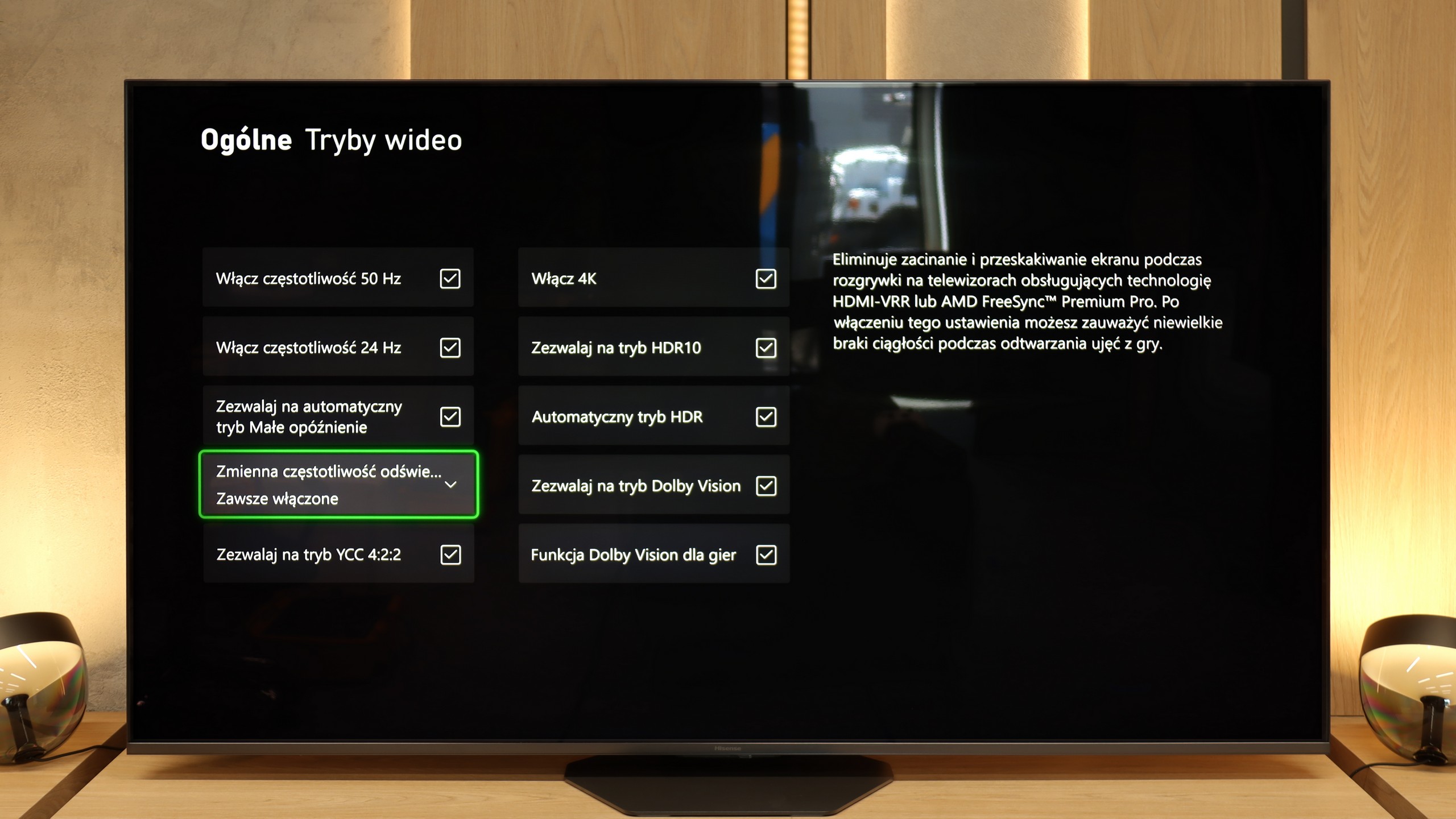
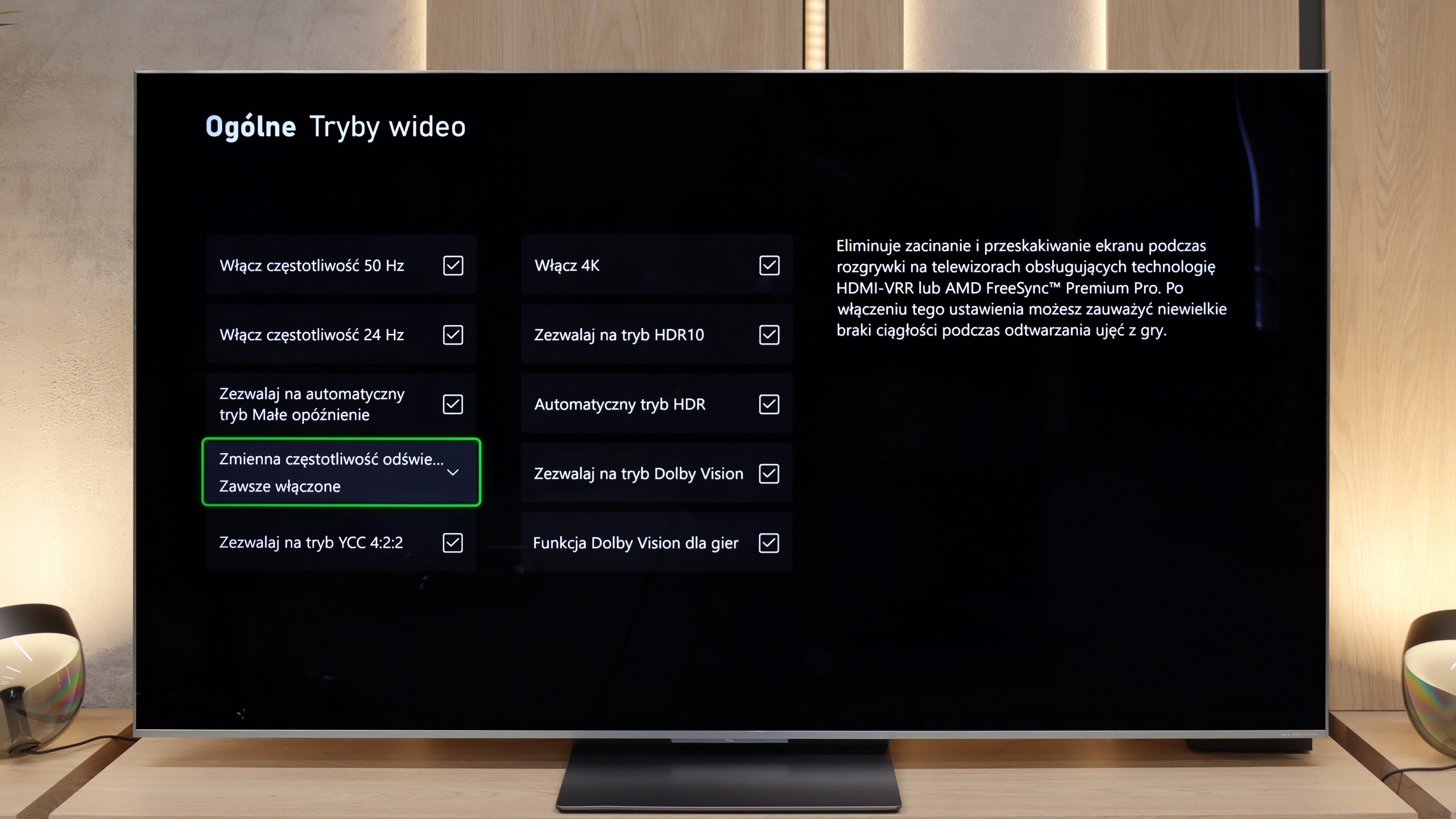
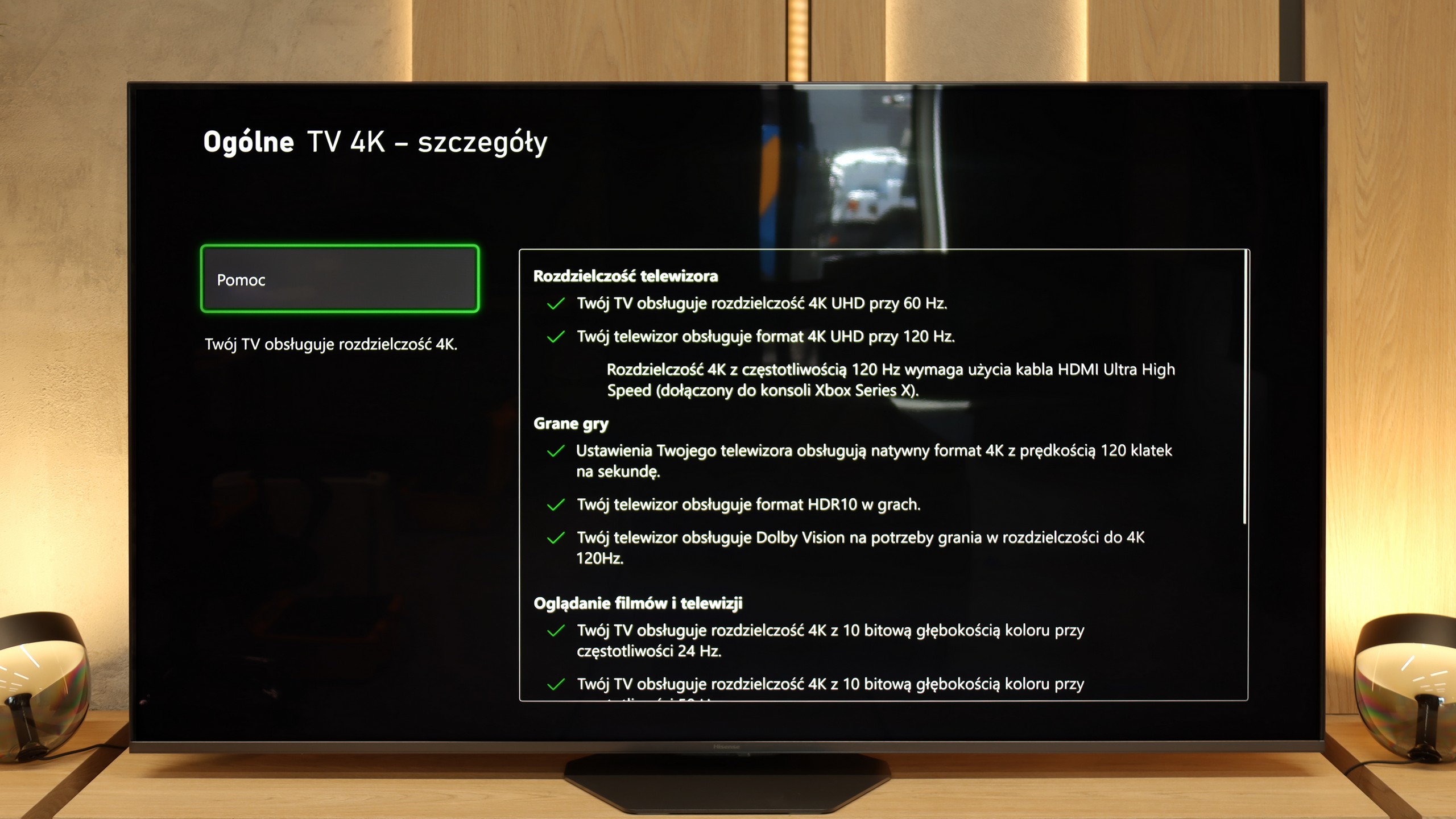
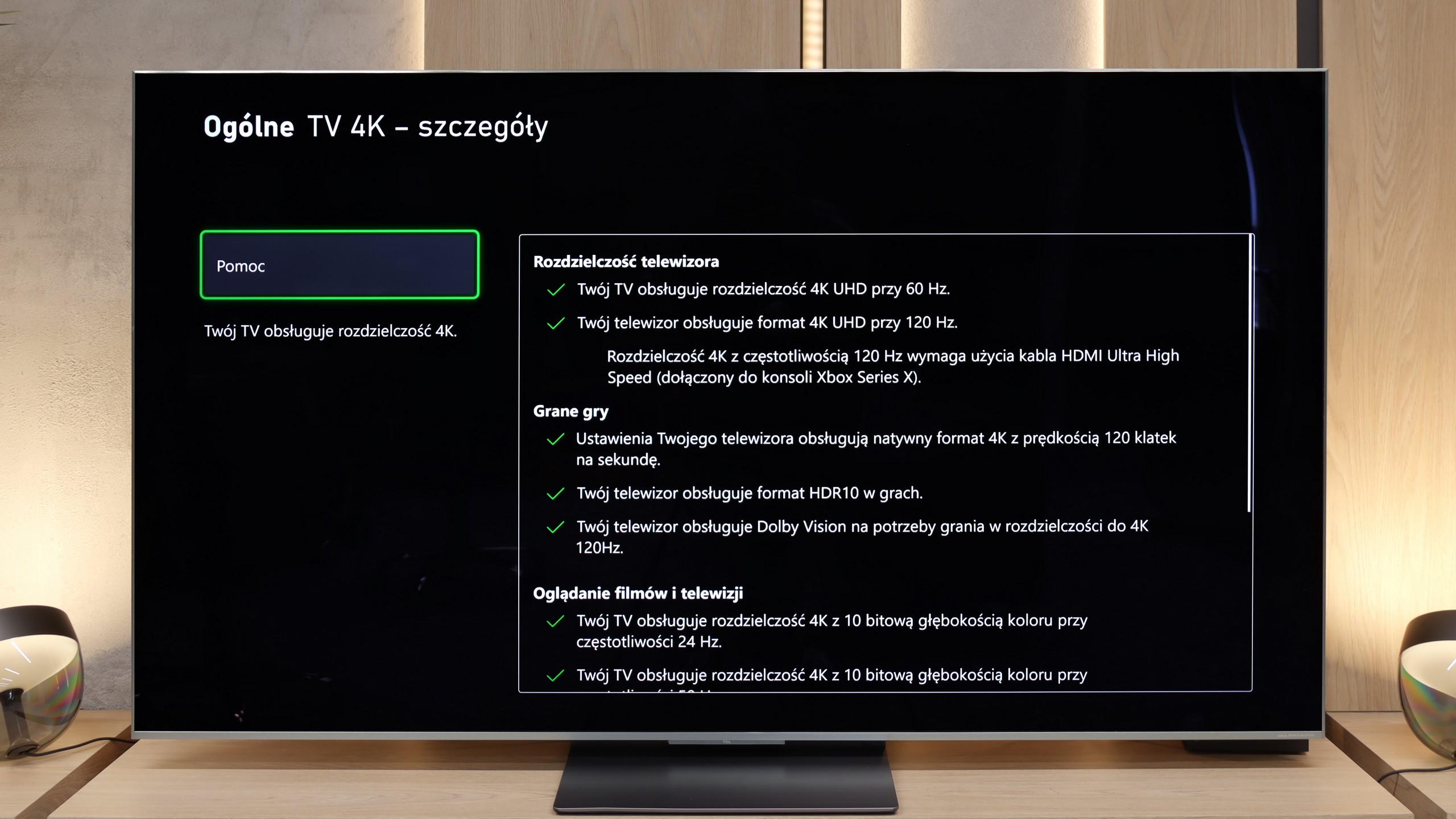
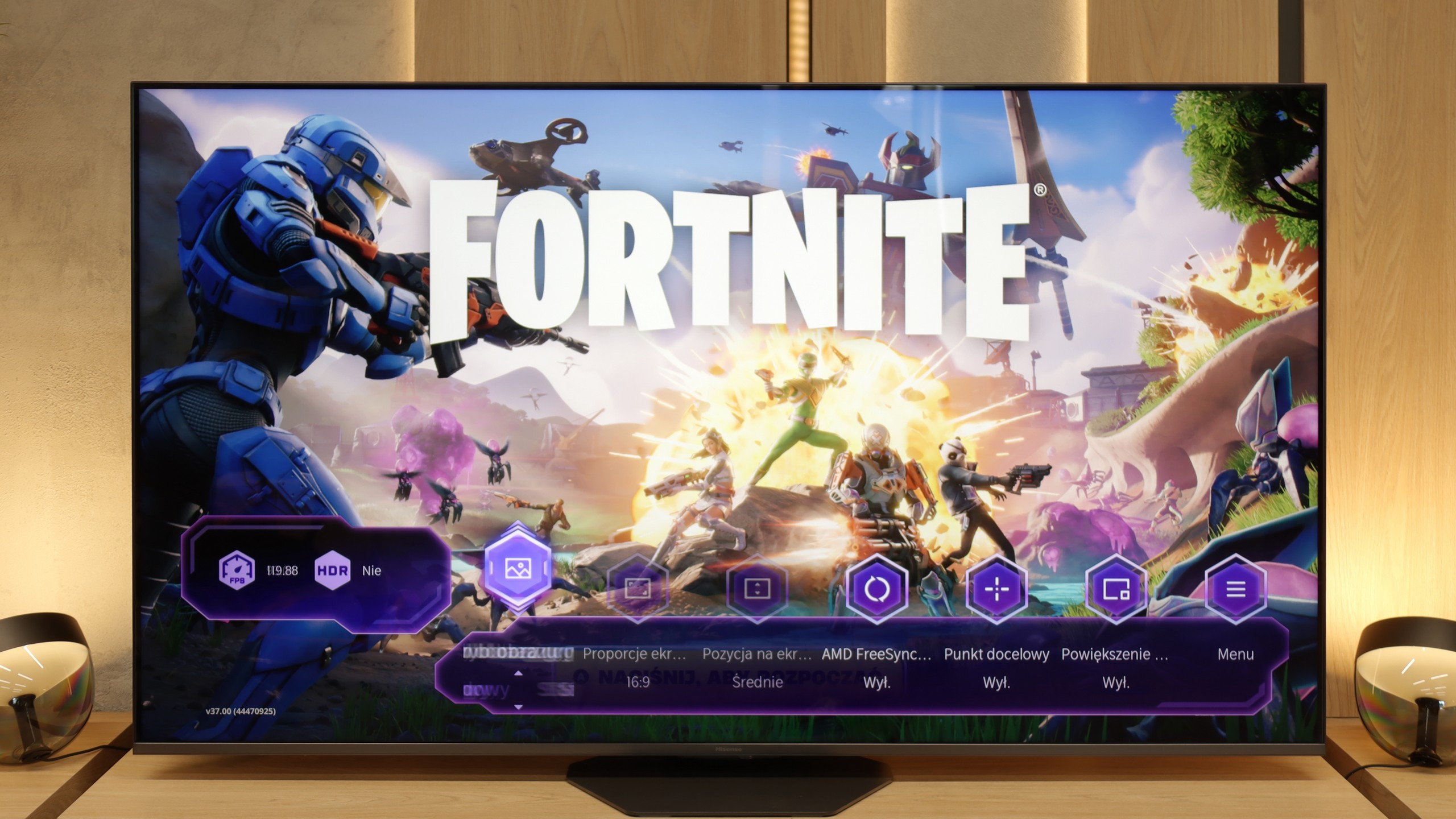
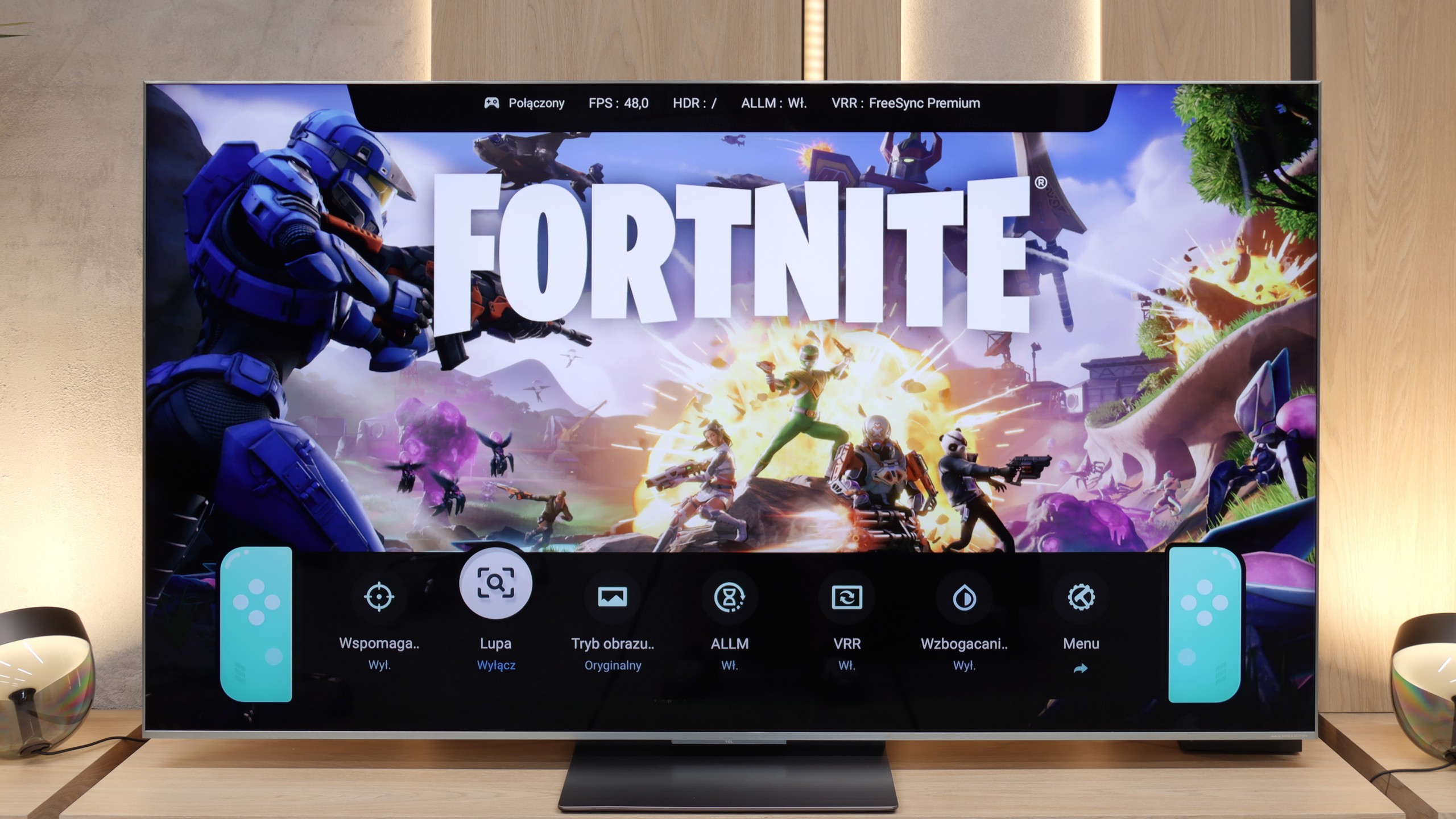
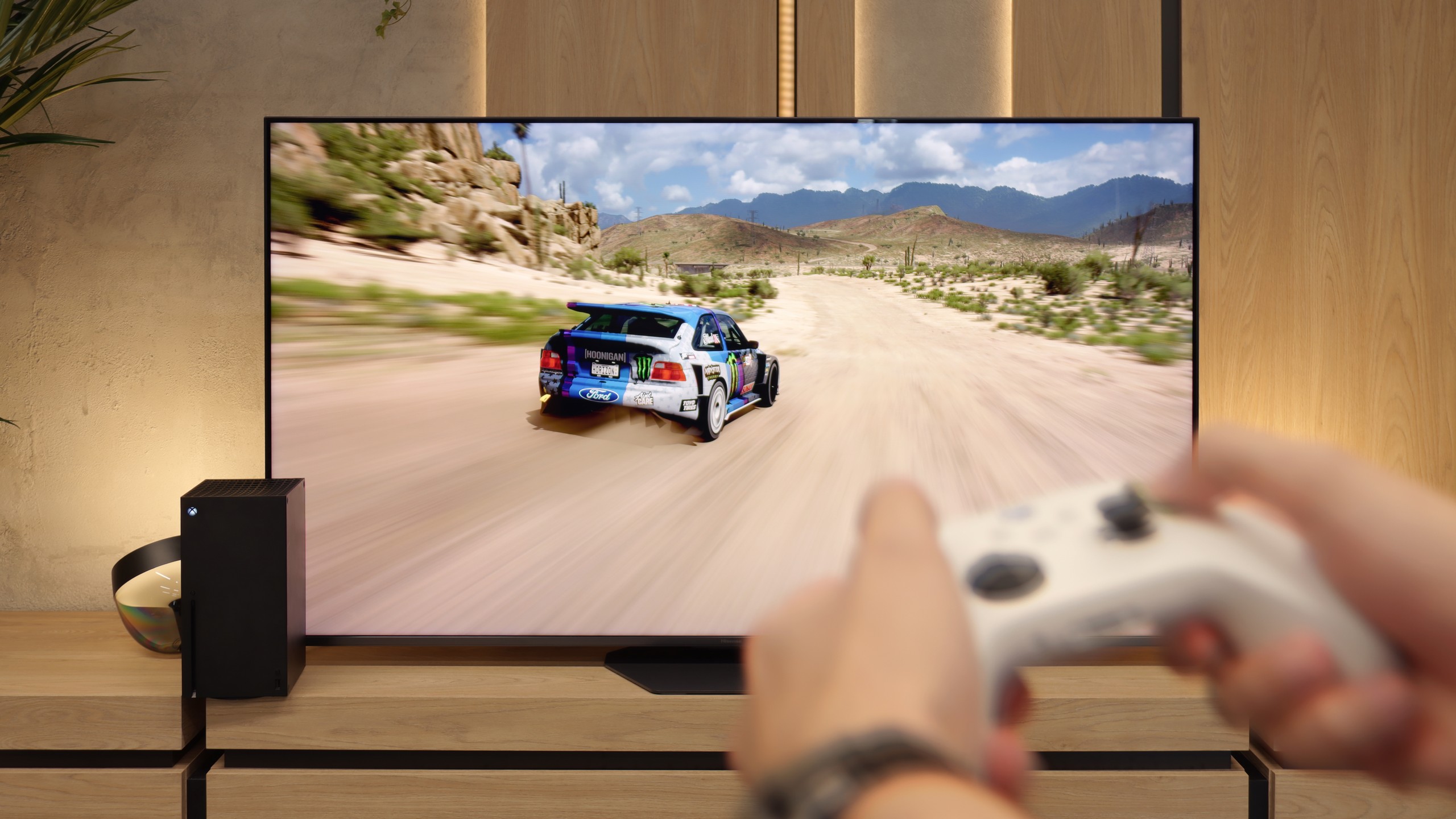
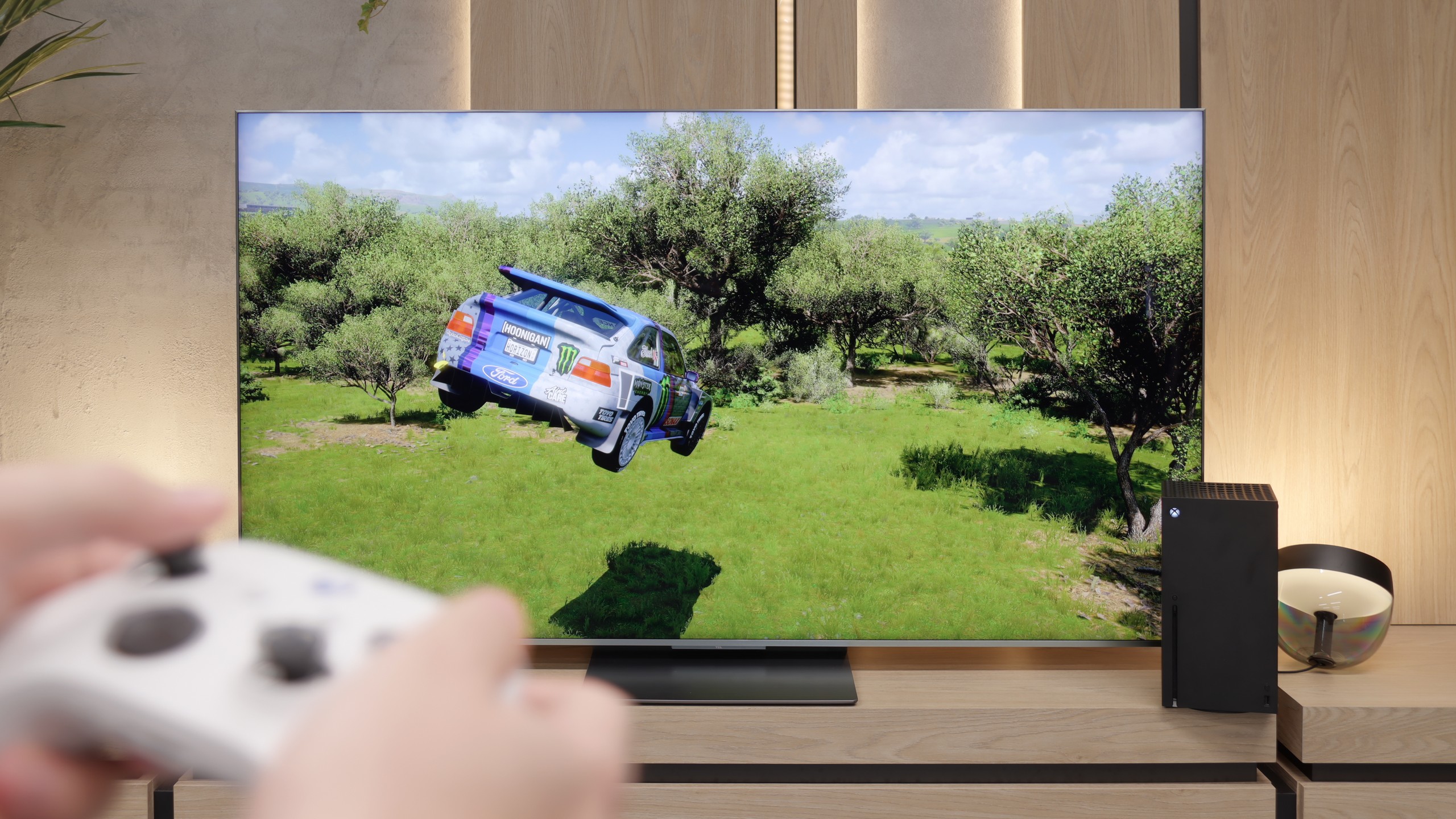
In terms of features, the Hisense U8Q has practically everything one would expect from a modern gaming television. Thanks to the new processor, the manufacturer has managed to implement three HDMI 2.1 ports, so there’s no trouble connecting multiple consoles or a computer. On top of that, it includes all the key technologies – Game Bar with parameter previews, variable refresh rate (VRR), automatic game mode (ALLM)… in a word, a complete set.
But as often happens with Hisense, it’s missing just a bit from perfection. The biggest drawback remains the lack of support for the HGiG format, which allows the TV's brightness to be adjusted to the console and gets the most out of HDR in games. It’s a shame because if this feature were included, we’d have a device practically made for gamers. As it stands, the U8Q remains “only” a very good choice 😉
From a gaming perspective, the TCL C9K is a complete tool. It features two (out of four) full bandwidth 48 Gbps HDMI 2.1 ports, so all the key technologies work: VRR (Variable Refresh Rate) and ALLM (Auto Low Latency Mode). Additionally, the manufacturer has included a really intuitive Game Bar that allows you to quickly check the most important parameters and adjust settings without fumbling through menus. Also, TCL's policy is a plus – the TV isn’t afraid of any HDR formats, even in game mode. Whether it's HGiG or Dolby Vision for the Xbox Series S/X console – everything works as it should, giving the player plenty of freedom.
Input lag
9.8/10
9.8/10
SDR
HDR
Dolby Vision
The Hisense U8Q really performs well in terms of signal delay. In 120 Hz mode, the input lag is around 10 ms, and with 60 Hz content, it hovers around 18 ms. These are values that place it among the fast televisions, and in practice, it's hard to have any significant reservations about them. The reaction is instant, controlling a character or a car on screen occurs without noticeable delays. Regardless of whether someone is playing dynamic shooters or calmer narrative titles, the U8Q will perform excellently.
In terms of input lag, the TCL C9K performs exceptionally well. With 120 Hz content, the lag is only 7 ms, placing it among the very top televisions available on the market. Naturally, with 60 Hz materials, the input lag increases to around 15–16 ms, but in practice, this has little impact on the final responsiveness of the screen to our actions on the controller.
Compatibility with PC
8.4/10
8.6/10
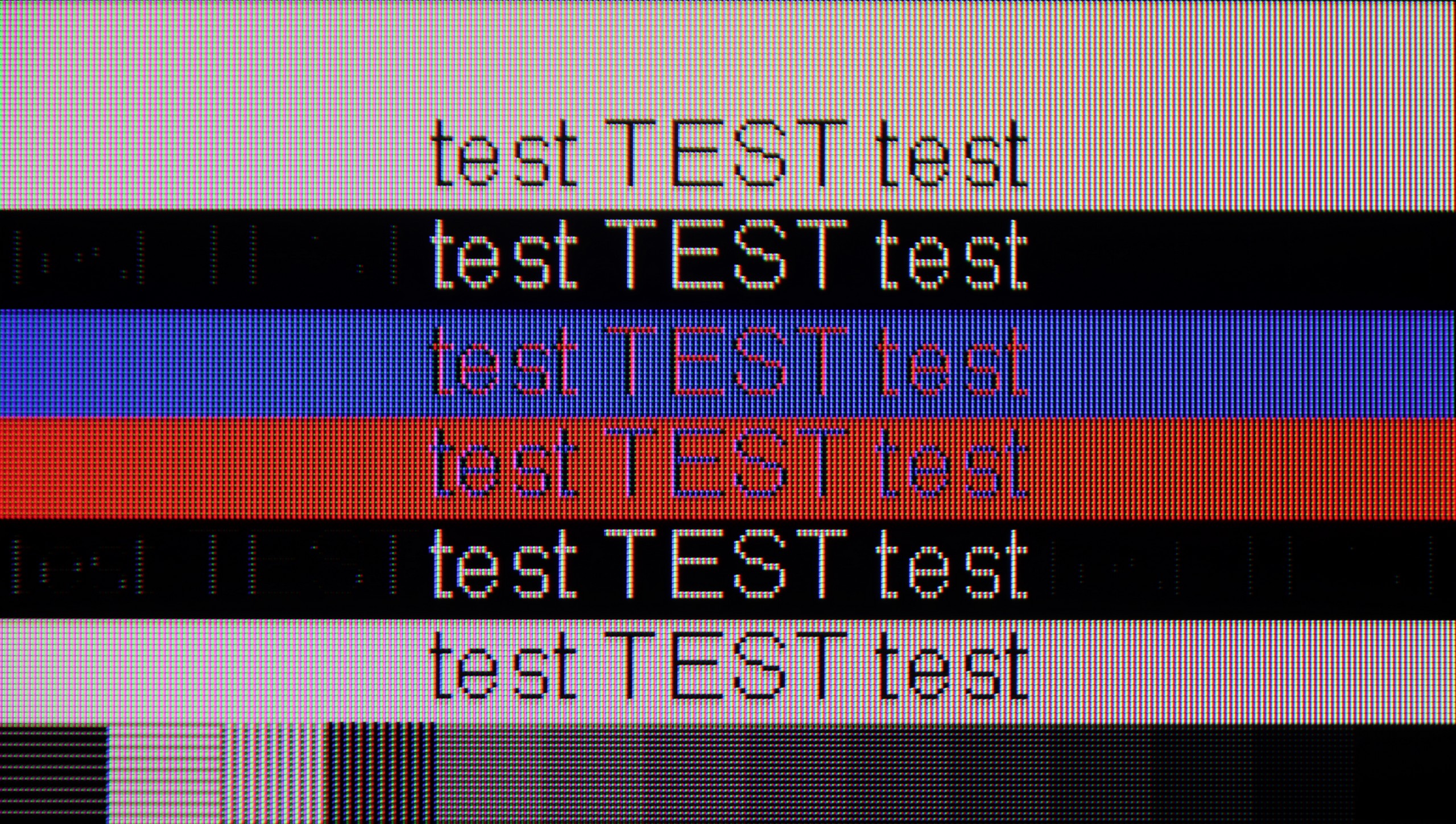
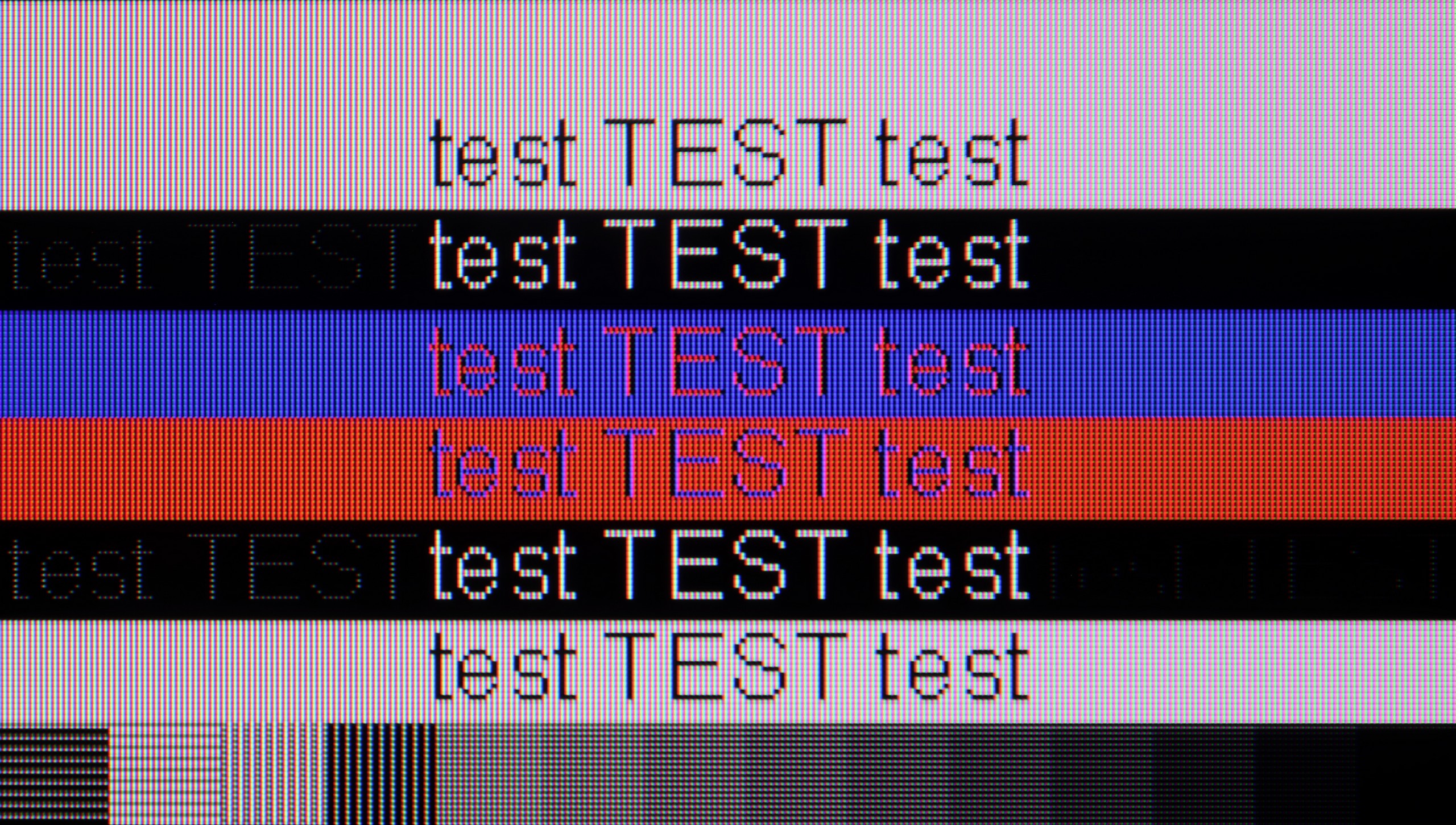
As we mentioned regarding the features for gamers – the Hisense U8Q also communicates well with computers. The 4K display with a refresh rate of 165 Hz is impressive on its own, and at Full HD resolution, it can even "overclock" to 288 Hz. This is great news for e-sports fans, where speed of reaction counts more than the highest quality of image. Additionally, it supports G-Sync and FreeSync, making gameplay smooth, without stutters or annoying frame tearing.
A pleasant surprise is the presence of a USB-C port with DisplayPort functionality for laptops or even phones. This is a true novelty in televisions, and it’s quite possible that Hisense will be a pioneer here, setting the direction for the competition.
However, when it comes to working with text, we must mention one minor inconvenience. Although the U8Q correctly handles chroma 4:4:4, it has difficulty displaying very thin, horizontal fonts. This means that some subtitles or interface elements may be hard to read. Most people aren’t buying this model with the intention of office work, but if someone had such a plan – it’s worth keeping this in mind.
When it comes to office work, the TCL C9K does not disappoint – thanks to support for chroma 4:4:4, text readability is at a good level, so typing or working with documents shouldn’t be a problem. While there are some minor issues with dimming horizontal lines, in everyday use it’s hard to call this a real flaw. However, the biggest potential of the C9K reveals itself in PC gaming. Here, the television showcases its full capabilities – it can switch to lower resolutions, such as Full HD, and display images at up to 288 Hz. Additionally, it supports both G-Sync and FreeSync, so synchronisation with the graphics card works excellently. It’s hard to have any significant complaints about this setup – it’s truly a top-tier screen for gaming on a computer.
Viewing angles
3.2/10
4.5/10
In terms of viewing angles, the Hisense U8Q performs averagely – typical for VA panels. It's a classic compromise: in exchange for much better blacks and contrast than with IPS panels, we have to accept that viewing from a wider angle doesn’t look as good. Colours start to lose their intensity, and the image lightens a bit. For someone sitting directly in front of the TV – it's fantastic. For someone who sits a bit off to the side – not so much.
A new feature in TCL televisions for 2025 is the WHVA panel, which is designed to provide better viewing angles than standard VA panels. And indeed – progress is noticeable. When viewing the screen from the side, the image is clearer and the colours do not degrade as quickly as in previous models. However, this does not mean that we are encountering the level of top coatings or solutions found in IPS panels, and certainly not OLEDs. The image remains readable, but the brightness noticeably drops. This is definitely a step forward compared to earlier TCL models, but not a full revolution yet.
TV efficiency during daytime
8.2/10
7/10
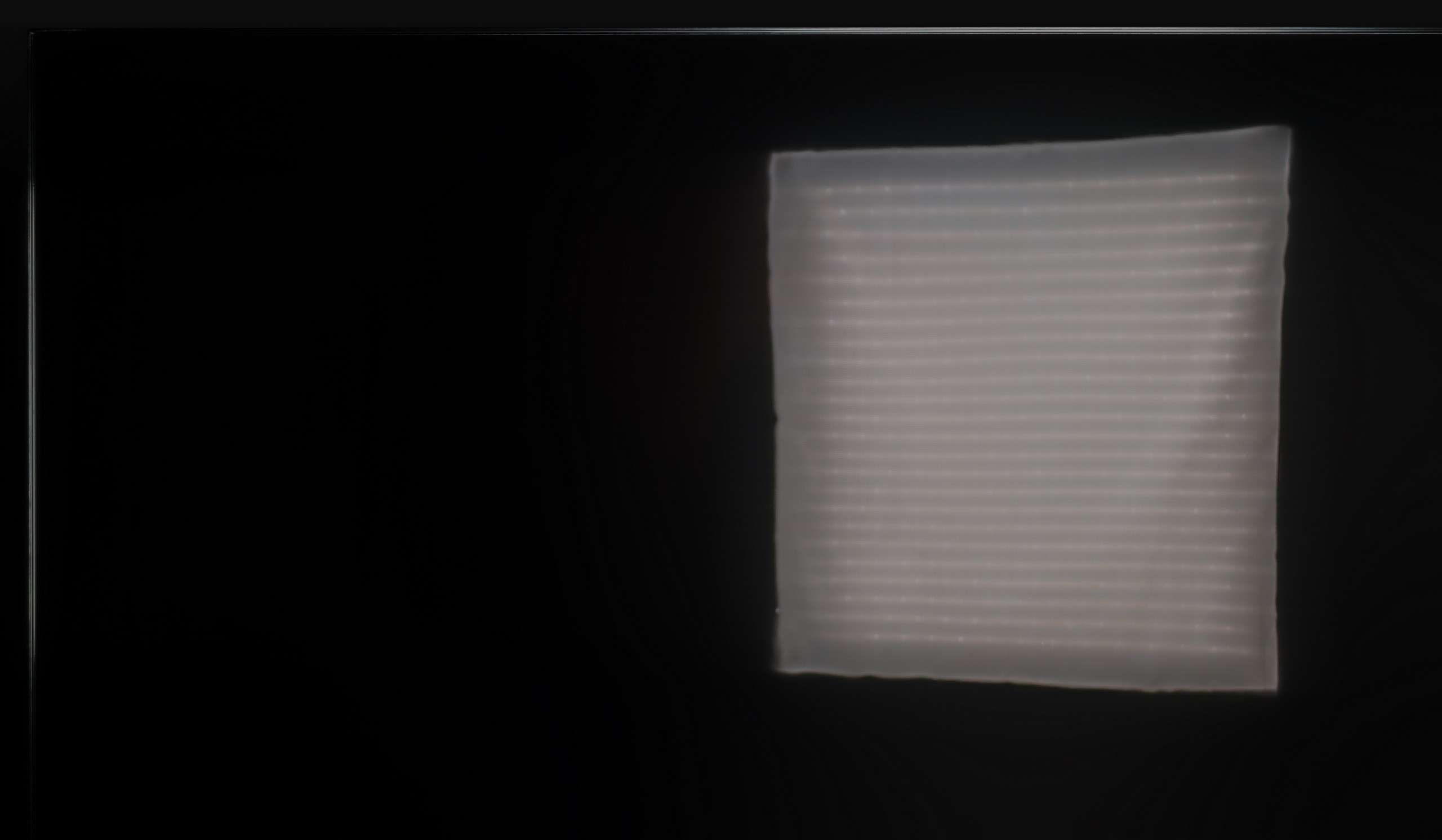
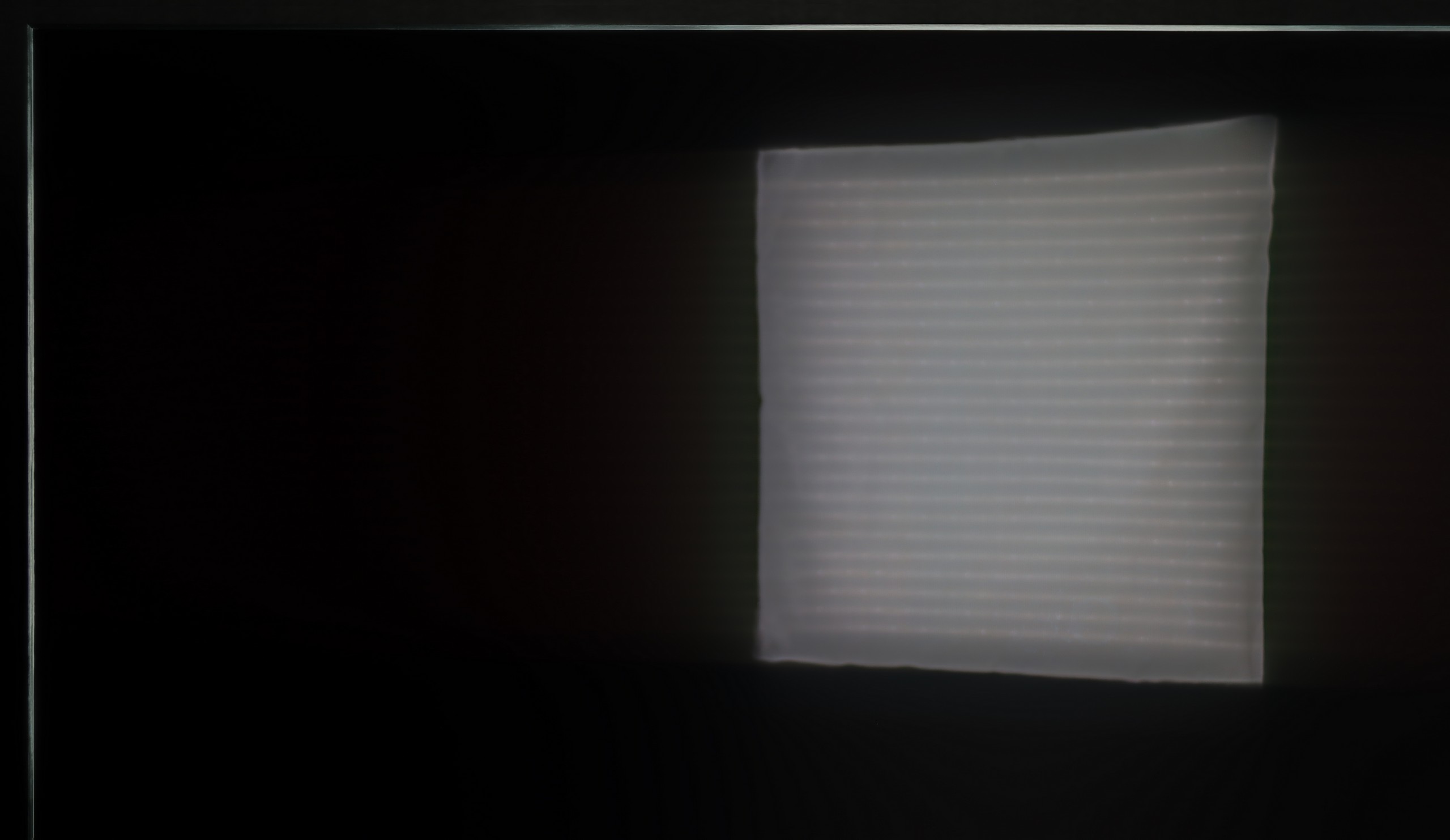


Matrix brightness
Average luminance SDR
TCL C9K: 642 cd/m2
Hisense U8Q: 914 cd/m2
Hisense has introduced a new anti-reflective coating called Anti-Reflection PRO. It aims to improve viewing comfort in difficult lighting conditions – and it really does the job. Reflections don't disappear entirely, but they are well controlled and do not interfere with everyday viewing. However, the highlight is the brightness in SDR – around 1000 nits! That's a result that would make top super premium models proud. As a result, the U8Q performs excellently in sunny rooms and can definitely be considered one of the best televisions for daytime viewing.
The new WHVA matrix coating has its strengths and weaknesses. On one hand, it handles smaller reflections quite well, but on the other hand, with stronger light sources, it shows that the suppression of reflections isn't at the highest level. Fortunately, the coating doesn't ruin what's most important: the blacks and colour saturation. This is definitely a plus, as in many competing models, compromises in this area are much more painful. Additionally, it has very high brightness – in SDR content, the C9K can achieve an average of 650 nits in SDR materials. This performance is more than sufficient for watching TV or films in challenging lighting conditions, even on a sunny day.
Details about the matrix
Subpixel Structure:
Panel uniformity and thermal imaging:
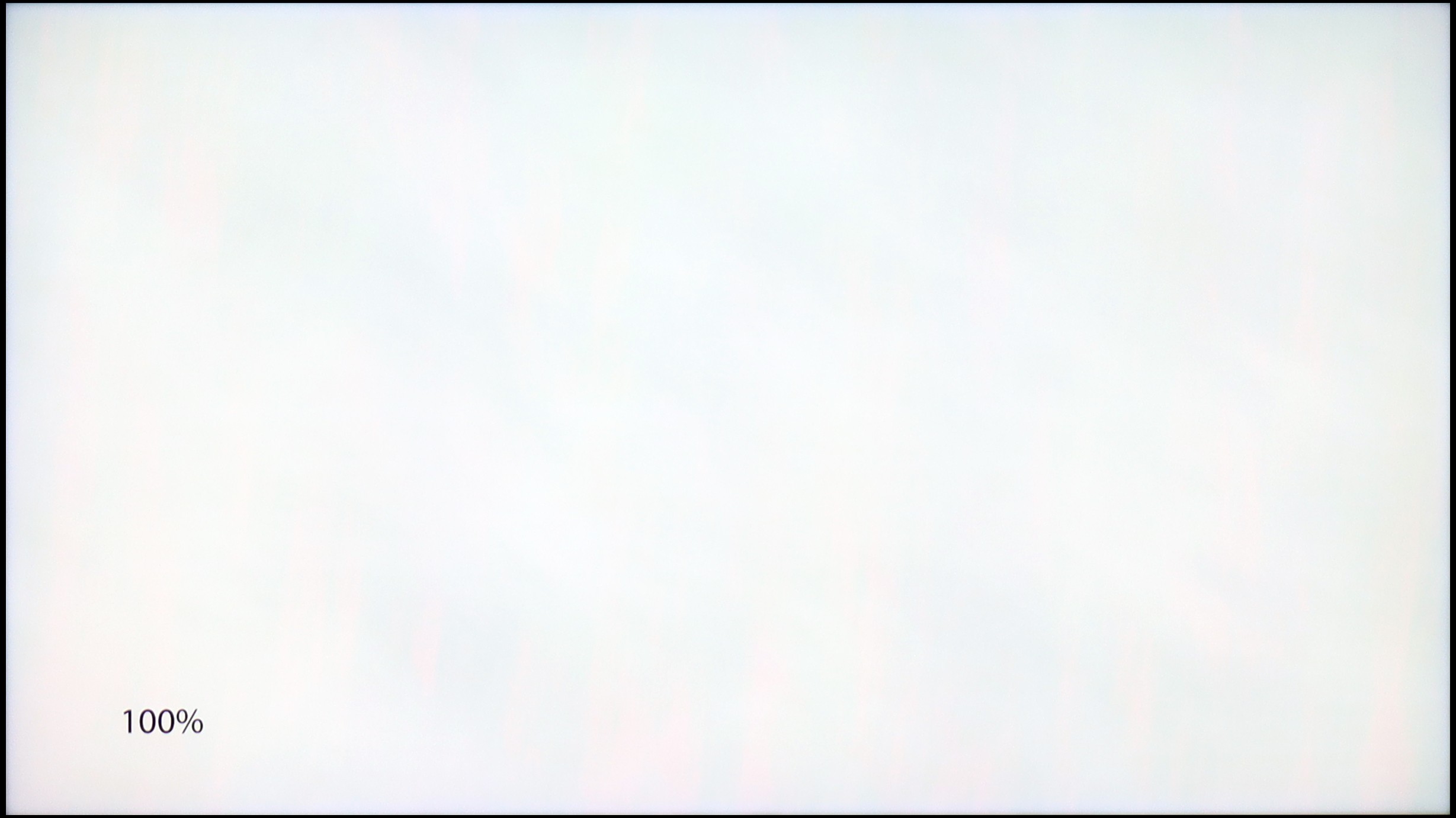
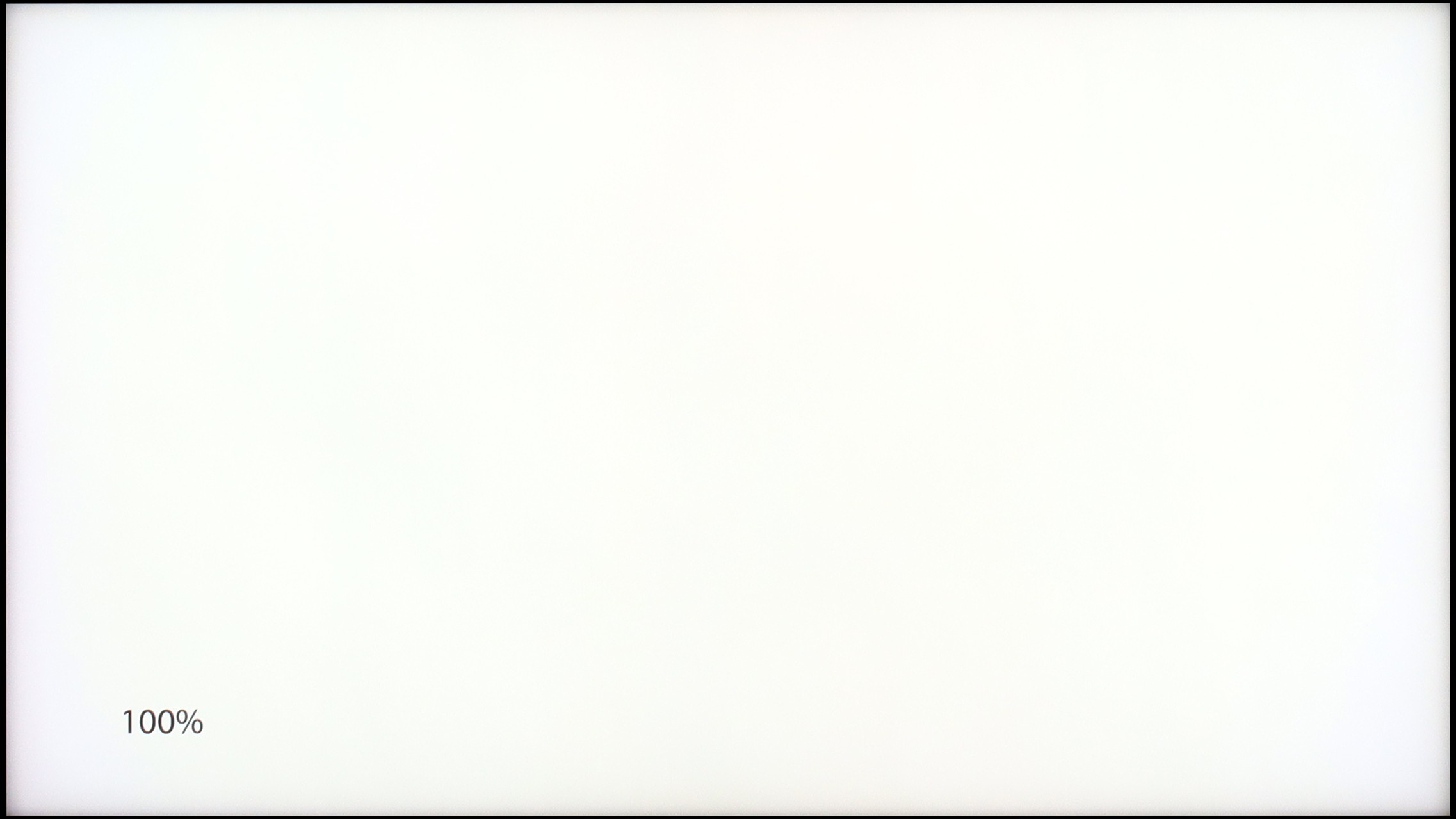
Hisense U8Q
TCL C9K
TV features
9.4/10
7.7/10
- HDMI inputs0 x HDMI 2.0, 3 x HDMI 2.1 48Gbps2 x HDMI 2.0, 2 x HDMI 2.1 48Gbps
- Other inputsToslink (Optical audio), RCA (Chinch)
- OutputseARC (HDMI), ARC (HDMI), Mini-Jack (Headphones)Toslink (Optical audio), eARC (HDMI), ARC (HDMI)
- Network InterfacesWi-Fi 2.4GHz, Wi-Fi 5GHz, Ethernet (LAN) 100MbpsWi-Fi 2.4GHz, Wi-Fi 5GHz, Ethernet (LAN) 100Mbps
- TV receptionDVB-T, DVB-T2, DVB-S, DVB-S2, DVB-CDVB-T, DVB-T2, DVB-S, DVB-S2, DVB-C
Classic features:
- Recording to USB (terrestrial TV)
- Recording programming
- Picture in Picture (PiP)
- RF remote control (no need to aim at the screen)
- Backlit remote control
- Teletext
- Audio only mode
- Possibility to connect Bluetooth headphones to the TV
- Possibility to simultaneously use Bluetooth headphones and the TV speaker
Smart features:
- AirPlay
- Screen mirroring (Windows Miracast)
- Wyszukiwanie głosowe
- Voice search in native language
- Ability to connect a keyboard and mouse
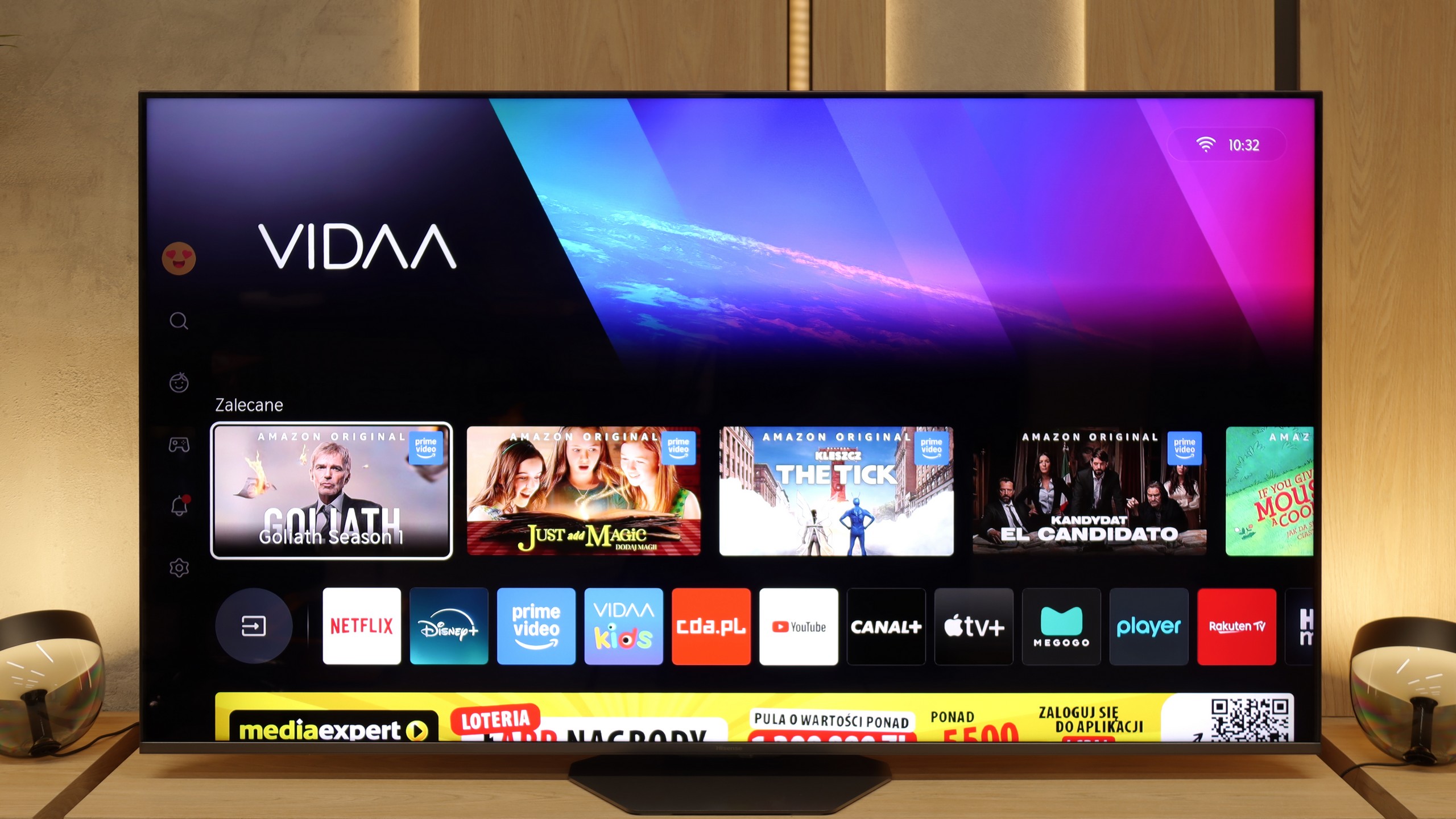
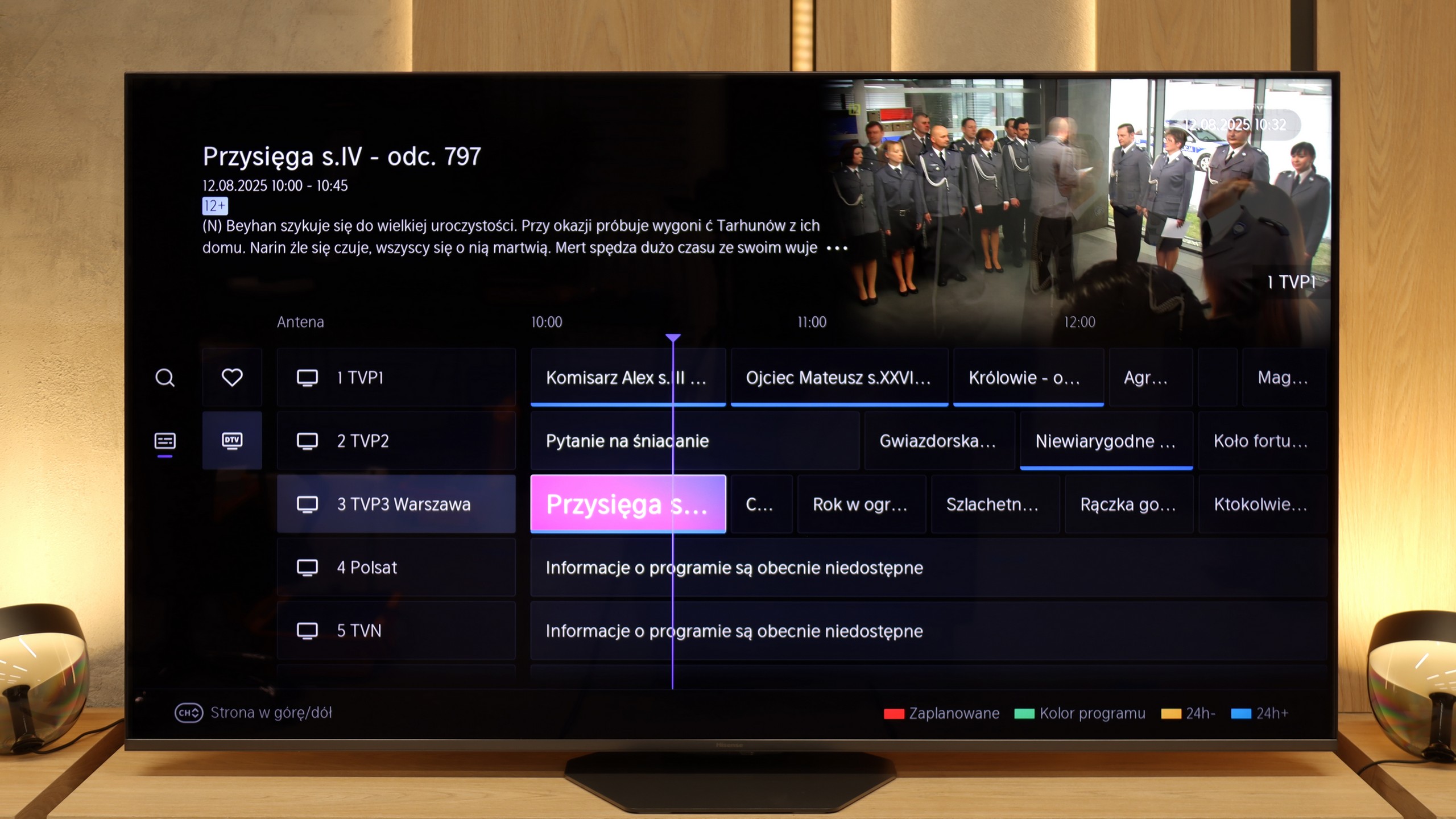
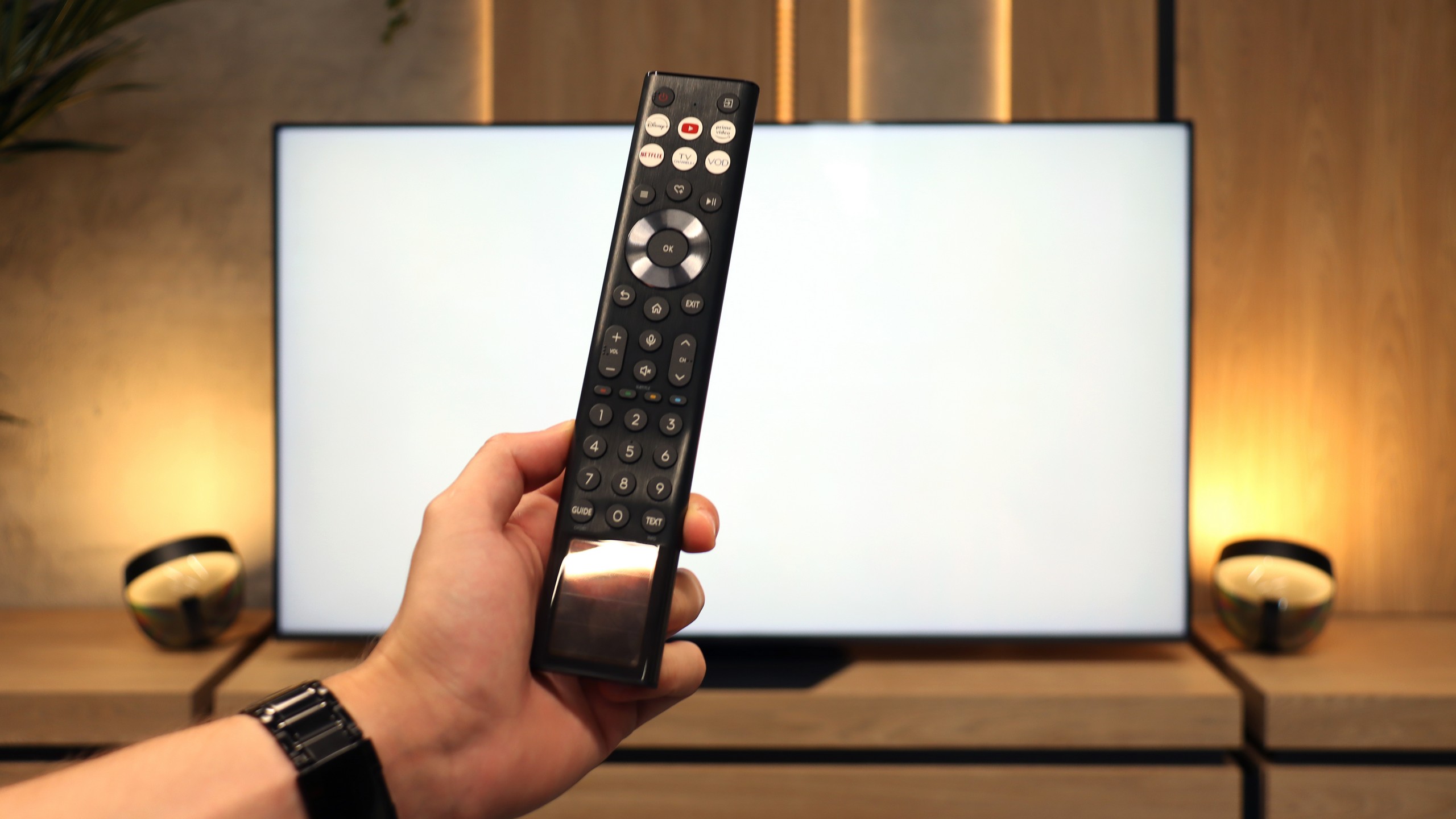
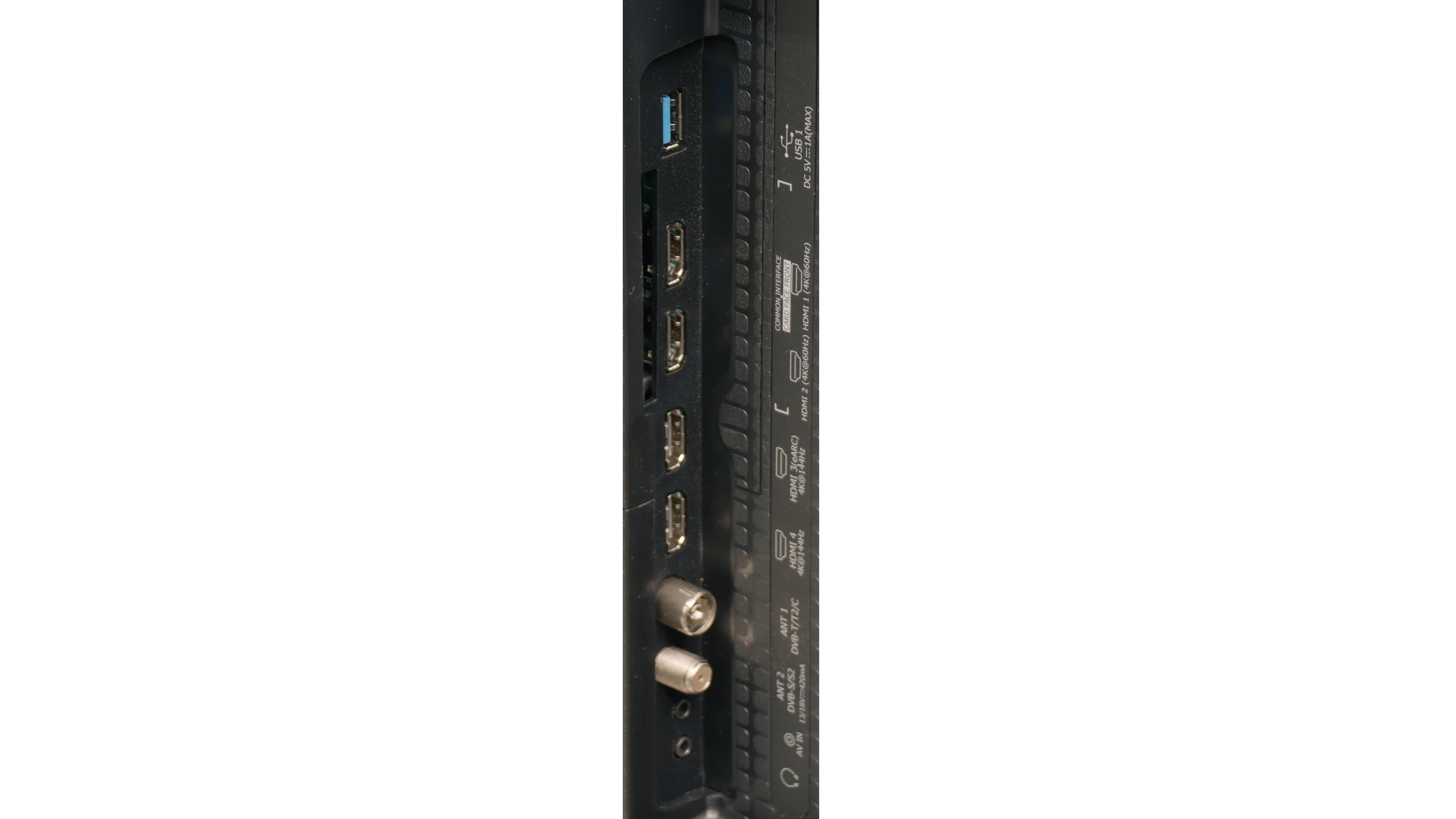
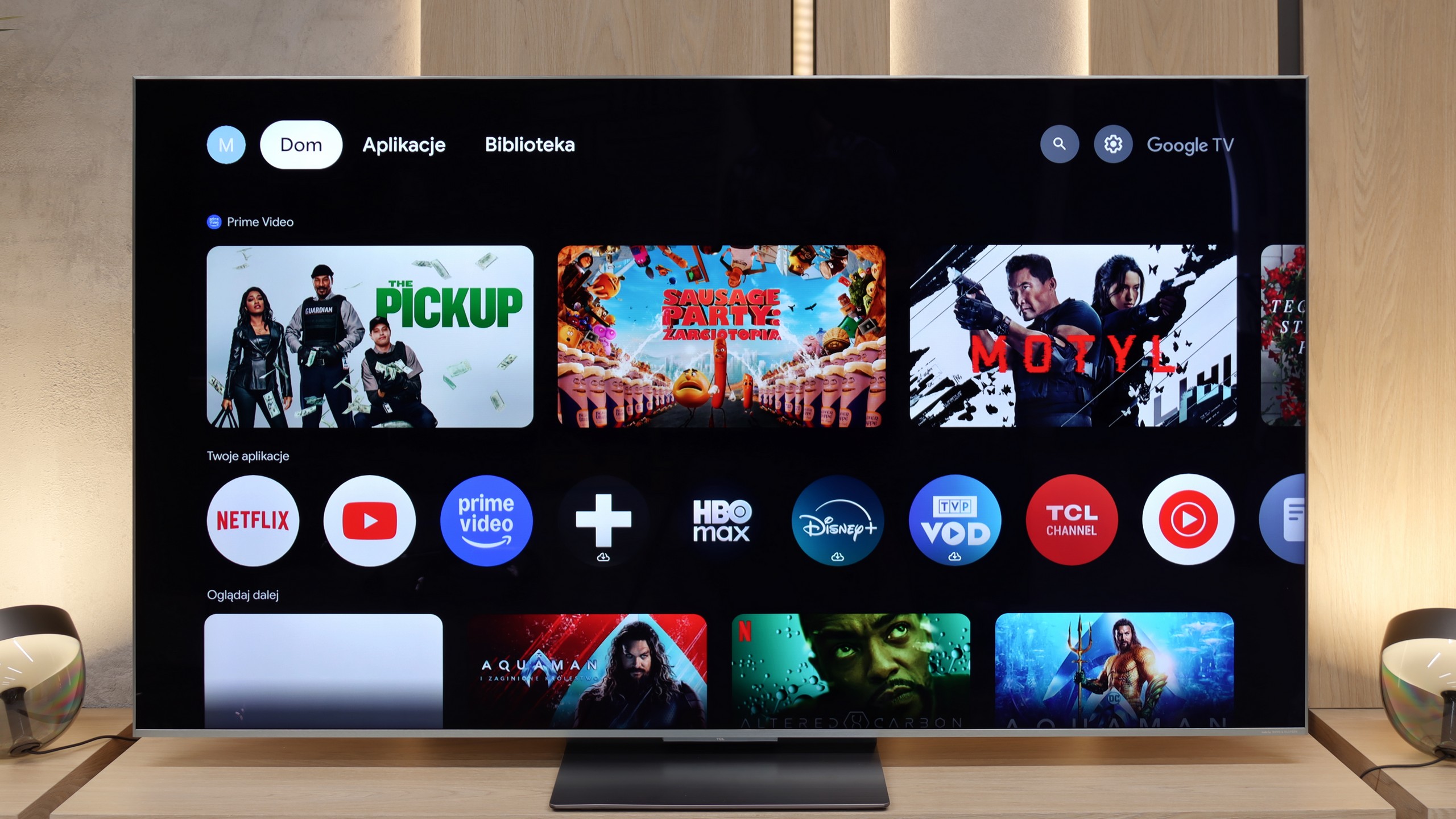
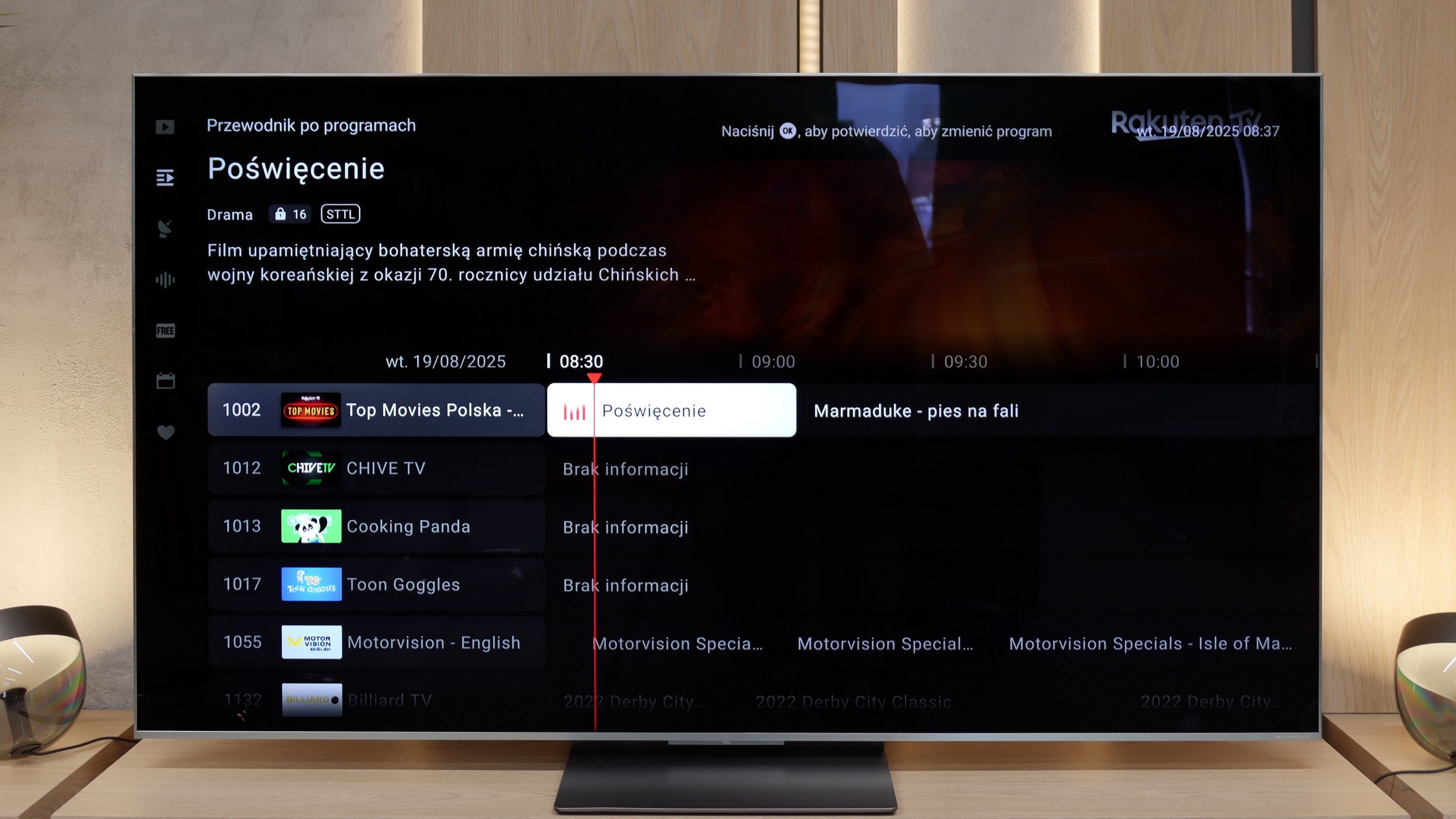
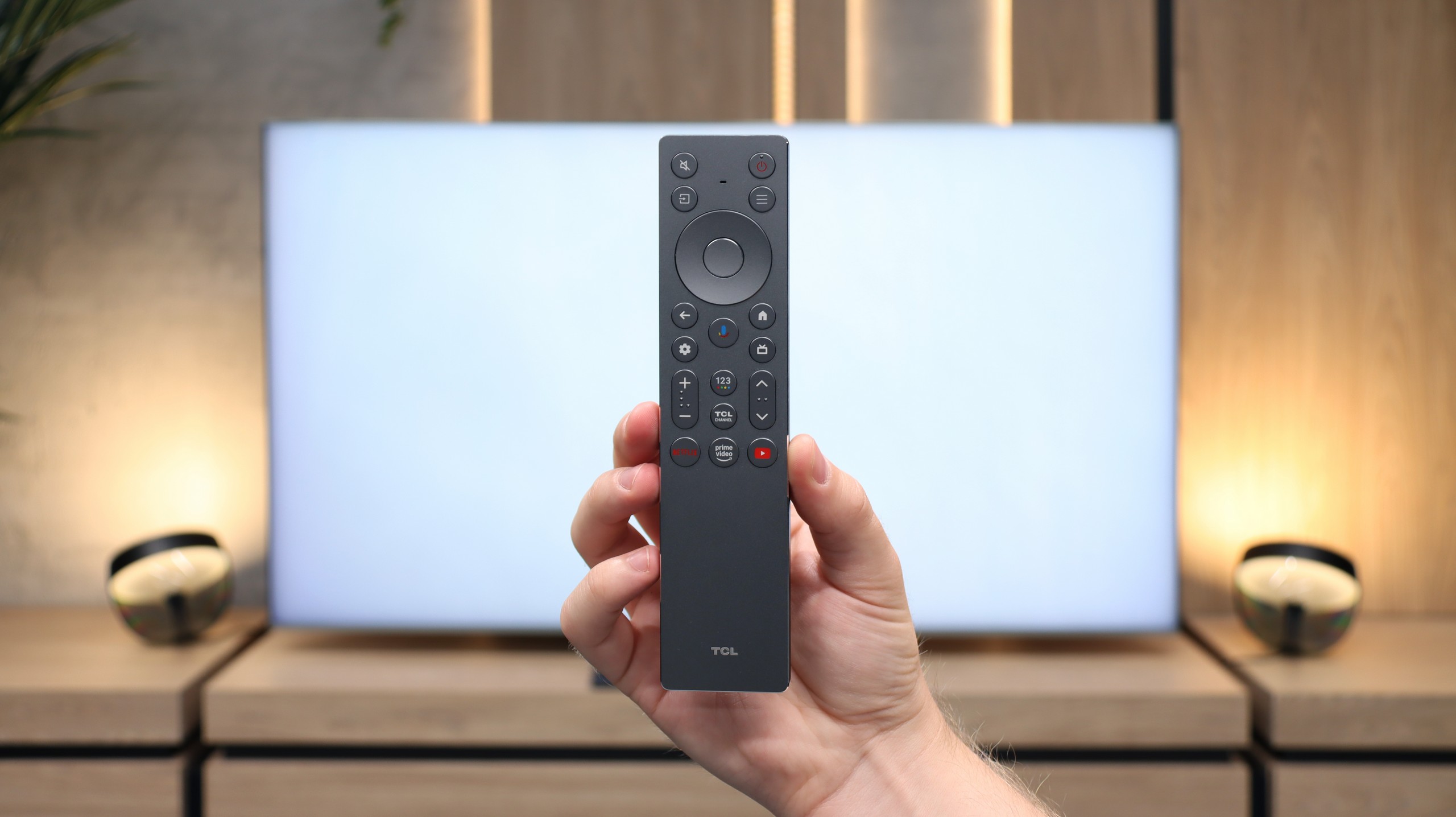
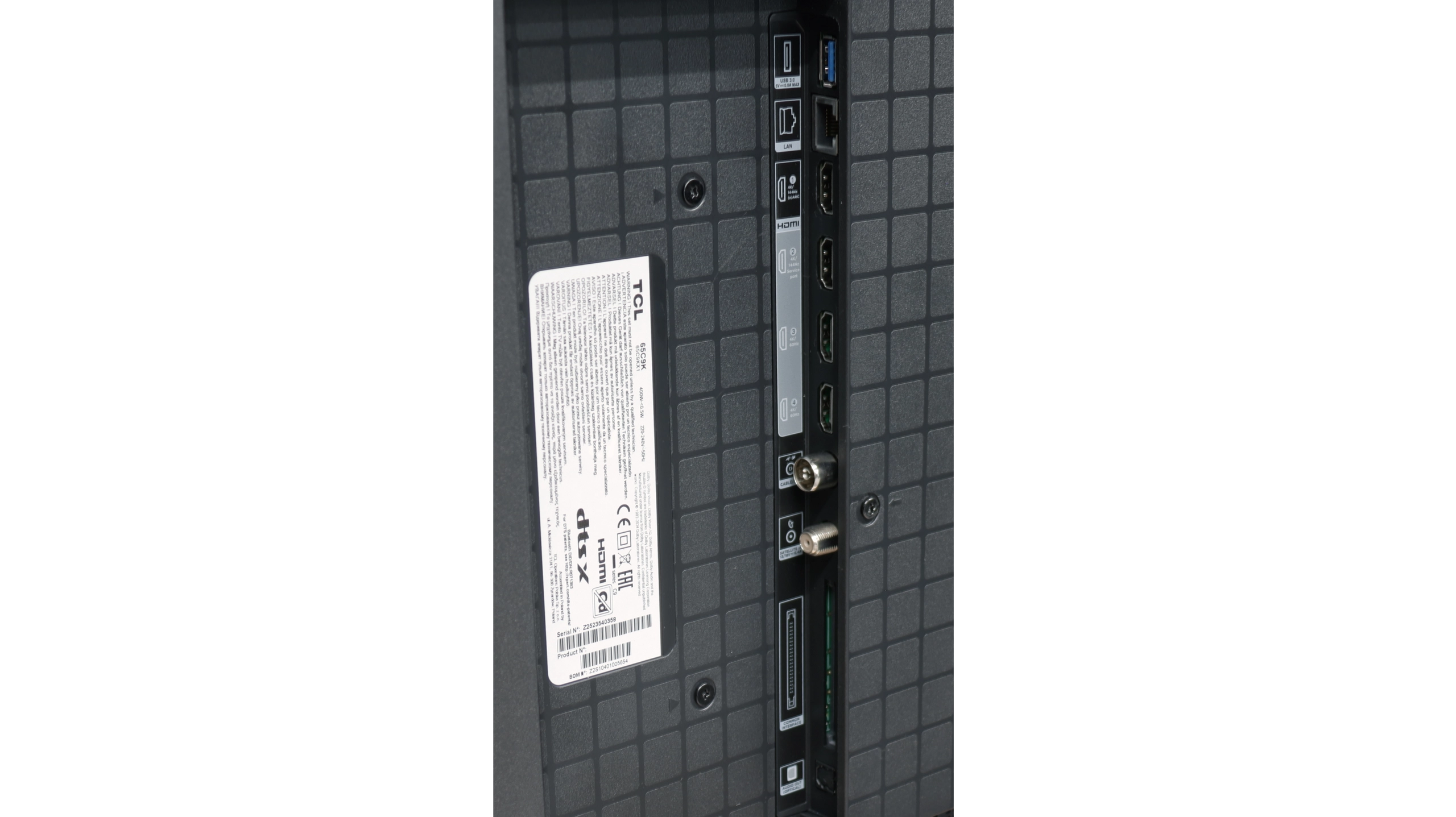
Classic Features
Hisense U8Q runs on the VIDAA system, which can still be considered a newcomer in the European market, but it must be acknowledged – the manufacturer really has a lot to offer here. You'll find classic features that many people still find useful: USB recording, a clear EPG guide, and the ability to connect wired headphones, which will be particularly appreciated by seniors. A nice addition is the presence of an audio jack – a connection that is slowly disappearing from televisions, but has been retained here.
USB-C in the TV!
A new feature in the U8Q is the USB-C port with DisplayPort support. This is a non-standard but very practical solution – it allows you to connect a laptop or phone with a single cable, even if those devices don't have an HDMI output.
Smart Features: VIDAA
When it comes to smart features, VIDAA operates smoothly. The interface is fast, apps open without significant delays, and network functions – such as screen mirroring or AirPlay – work very well. Sure, there are some minor shortcomings, but these are more details than real problems. The Achilles' heel remains the somewhat limited app library. However, it's worth remembering that the list of available programs can change from day to day – some disappear, others appear, so the situation may improve.
Classic TV Features
In terms of basic TV functions, the TCL C9K does not disappoint – it has everything that most users expect. The EPG guide operates smoothly, teletext is available, and pairing Bluetooth headphones, a mouse or a keyboard goes off without a hitch. However, it should be noted that in the Google TV system – just like in other TCL models – there is a lack of more advanced options such as programme recording or picture-in-picture (PiP) mode. Some people may find this unsatisfactory, especially if they have used such features with competitors. It's also worth mentioning that we only have one USB port – it's enough to connect a hard drive with movies or a USB stick, but if someone plans to use multiple storage devices, they may find this lacking.
Smart Features
While in terms of classic solutions the TCL C9K does not stand out, in the field of smart functions it showcases its full potential. The Google TV system is currently the most popular platform and it’s clear why – the app library is enormous. Netflix, YouTube, Disney+, HBO Max, Amazon Prime Video – all are readily available. Only those very attached to more closed ecosystems, like Apple Music, will feel the absence. A significant advantage is the built-in voice assistant – it works quickly, understands natural commands, and allows for convenient control of the TV: from switching channels to opening apps, as well as searching for content or checking the weather. It’s in this area that the TCL C9K shows that a smart TV is more than just a “TV with internet” – it’s a tool that genuinely simplifies everyday use of the device.
Playing files from USB
8.3/10
9.2/10
Supported photo formats:
Maximum photo resolution:
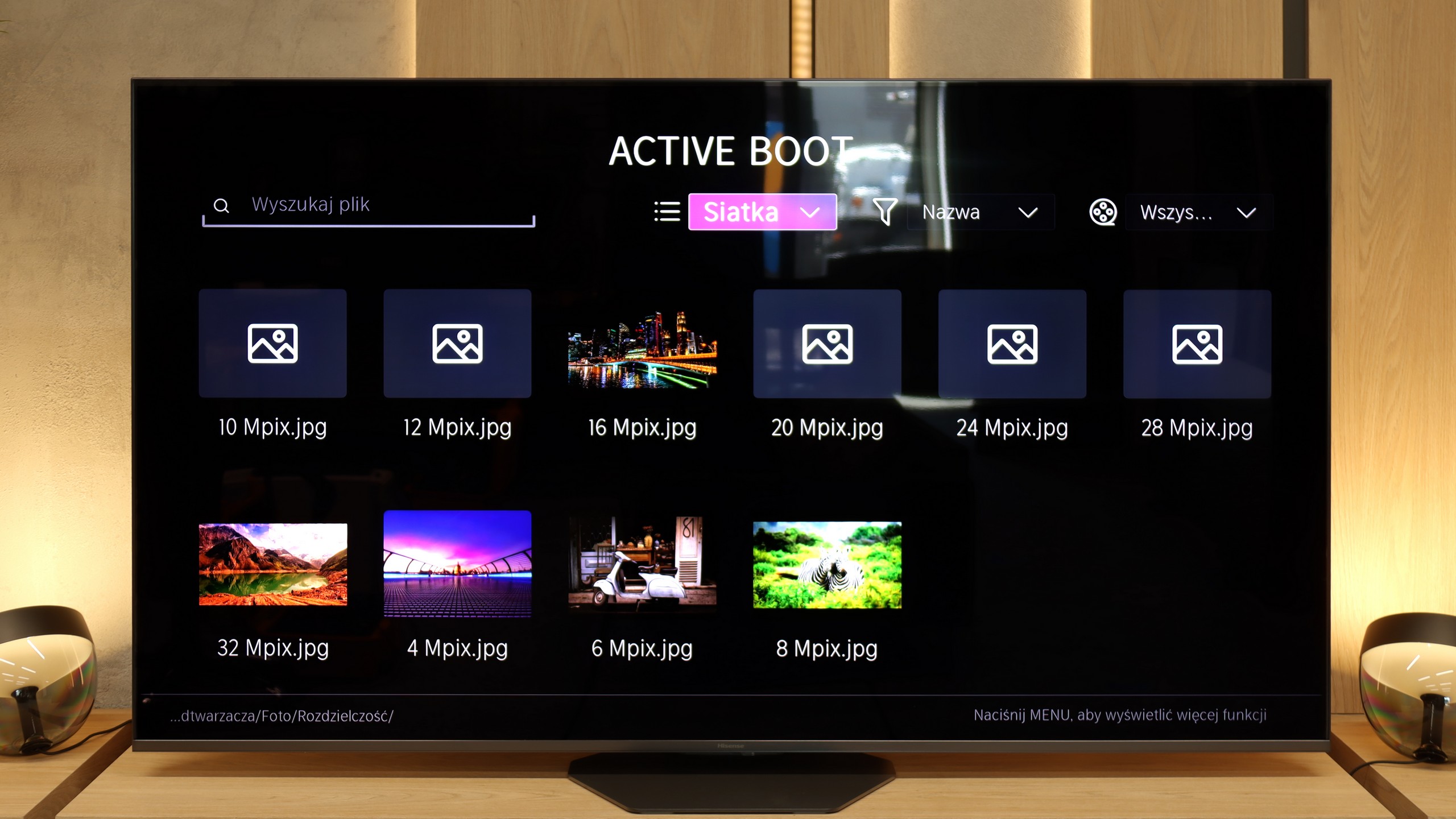
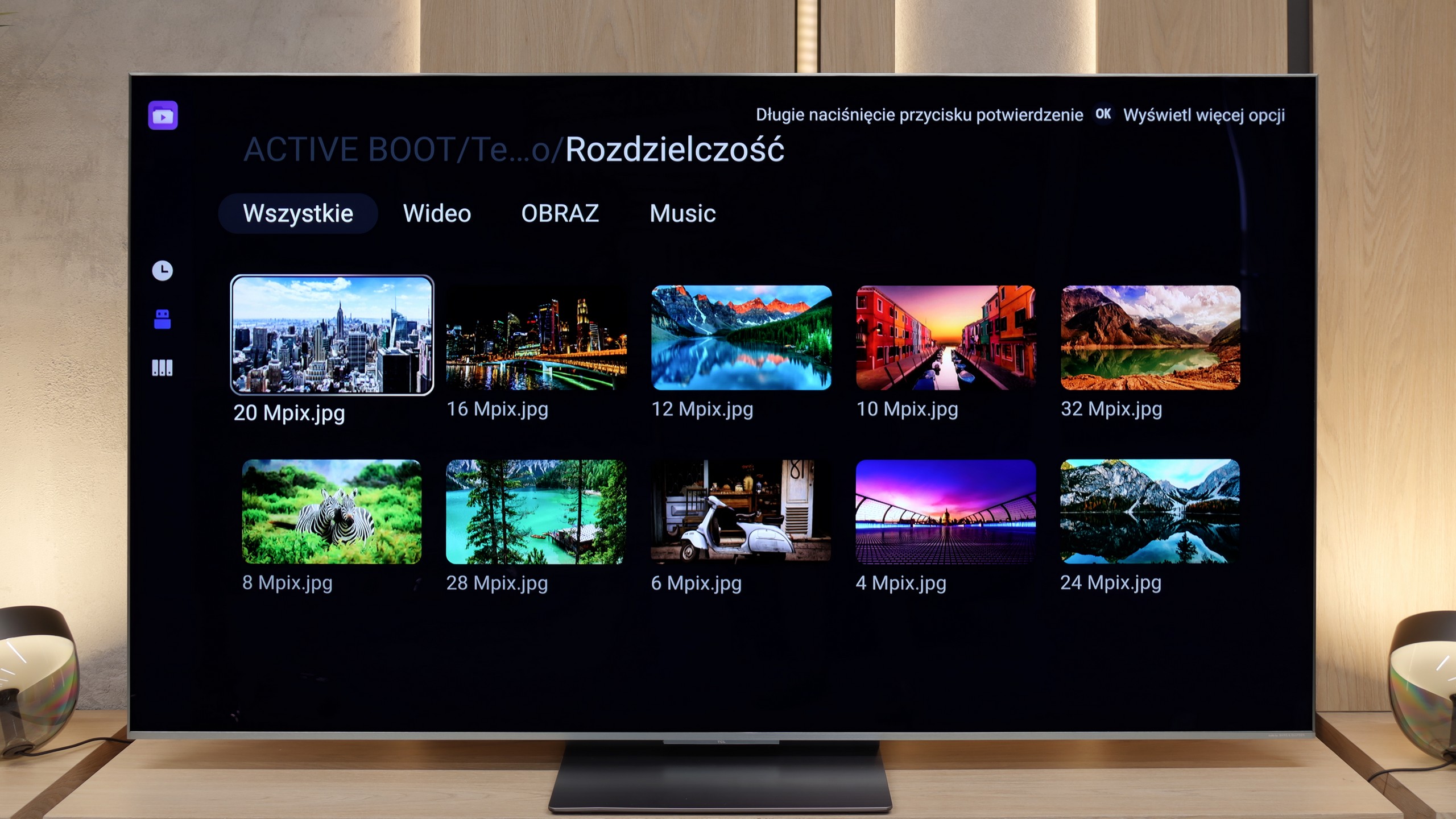
The built-in media player in the Hisense U8Q will be completely sufficient for most people. The television opens popular video and audio formats and also handles photos. However, there is a small caveat – not all photo resolutions are supported. Therefore, if we have photographs saved in a very high number of megapixels, they may simply not open. It’s worth bearing this in mind to avoid unpleasant surprises during the family photo show.
The C9K had no trouble handling most of the materials we threw onto the USB drive – from MKV formatted films, through older AVI files, to audio tracks in DTS and FLAC. The only issue remains the lack of support for HEIC photos from Apple devices, but this is a problem for practically all manufacturers. However, the most important thing is that if someone is missing support for some exotic format, they can always reach for an alternative player available in the Google Play store. And this is where the advantage of the Google TV system shines through – the ease with which you can expand the television’s capabilities with additional applications.
Apps
7.7/10
9.6/10














































Sound
7.8/10
7.9/10
- Maximum volume88dB77dB
- Dolby Digital Plus 7.1
- Dolby True HD 7.1
- Dolby Atmos in Dolby Digital Plus (JOC)
- Dolby Atmos in Dolby True HD
- DTS:X in DTS-HD MA
- DTS-HD Master Audio
The Hisense U8Q performs really well in terms of sound. The audio is pleasant, with a slight bass and quite decent mid tones, so it’s perfectly adequate for everyday viewing of movies, series, or gaming.
It does get a bit worse when we crank the volume up to 100%. That’s a rather rare scenario, but it’s worth mentioning. With very strong bass, the rear speakers start to work so intensely that the TV can slightly “rattle,” and the sound takes on an unpleasant, plastic echo. Therefore, it’s best to keep the volume between 70–80% – at that level, the U8Q sounds clear and enjoyable, without any unwanted effects.
The sound in the TCL C9K is handled by the same setup as in the C8K model – prepared in collaboration with Bang & Olufsen. It features a 4.2.2 configuration with a total power of 90 W, consisting of eight speakers arranged to create a fuller sense of space. And I must admit – the effect is impressive. The dialogues are clear, the highs and mids sound pure, and the bass does not falter, even during louder screenings. Of course, this won't replace a dedicated soundbar or home theatre system, but for built-in speakers – there’s really something to listen to.
*During maximum volume tests, we noticed unusual behaviour from the audio system. With the slider set to 100%, the television reaches around 76–78 dB, but it’s clear that it tries to generate more power, after which the sound level is immediately corrected back to the mentioned value. On the other hand, when we lower the volume to, say, 70%, it initially decreases as expected, but after a moment, it slowly rises back up to that same level of 76 dB. This effect gives the impression of an aggressive limiter at work, which regardless of the slider position always brings the volume back to a single level. We checked this behaviour multiple times, and in each case, the result was the same – no additional functions for 'intelligent' volume adjustment or AI were active during these tests.
Acoustic Measurements
88dBC (Max)
75dBC
77dBC (Max)
75dBC


